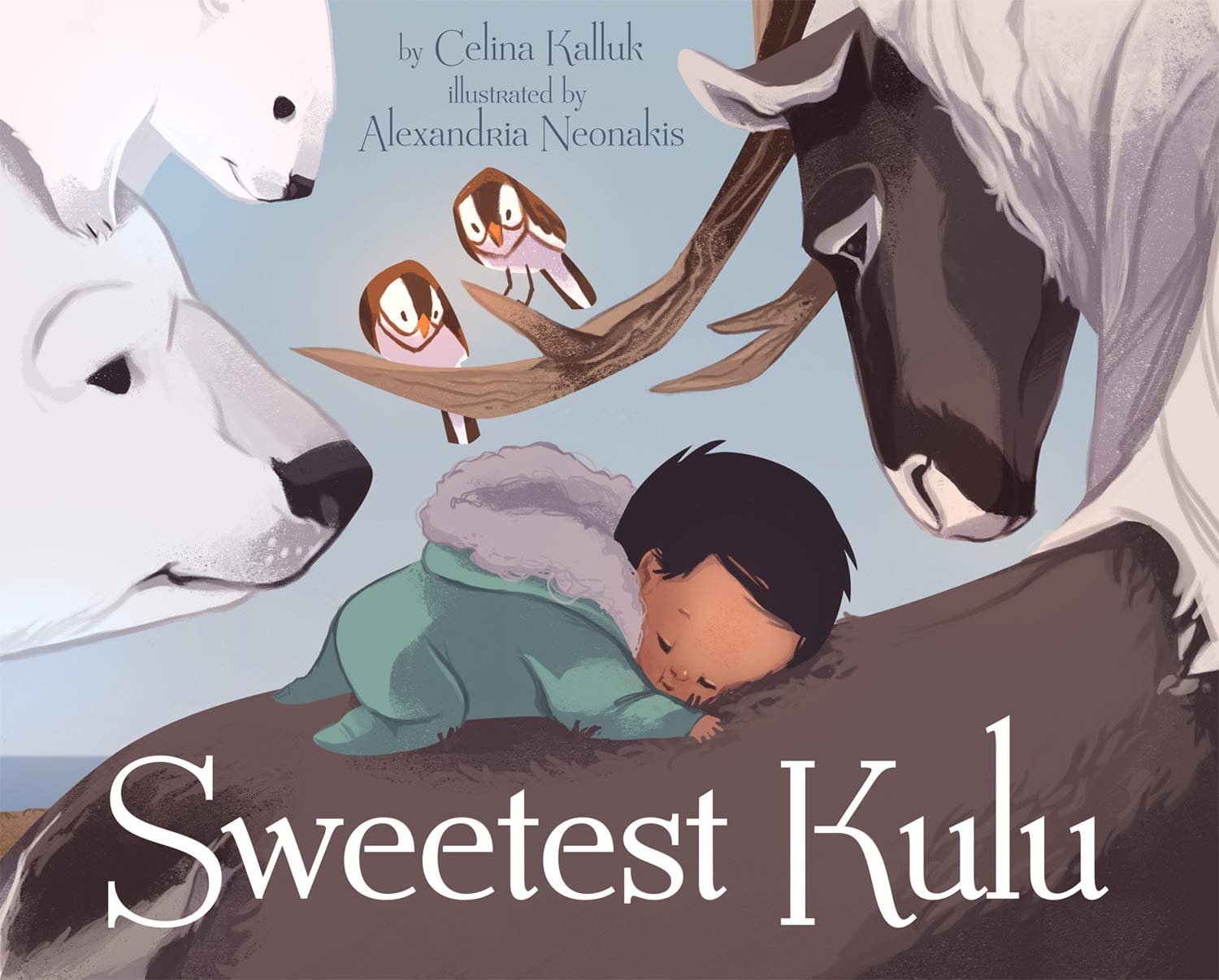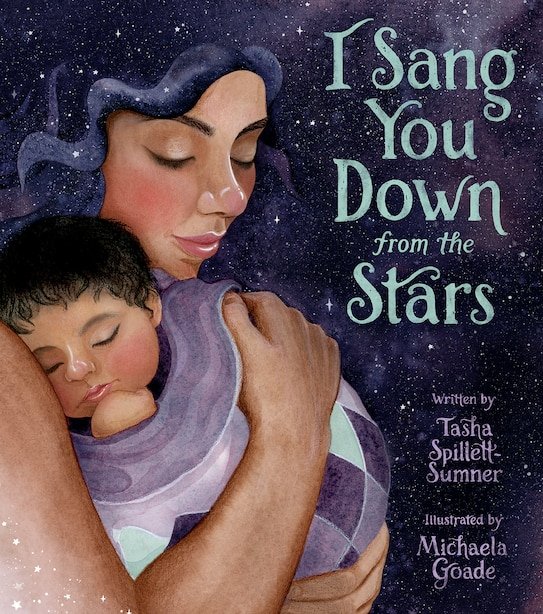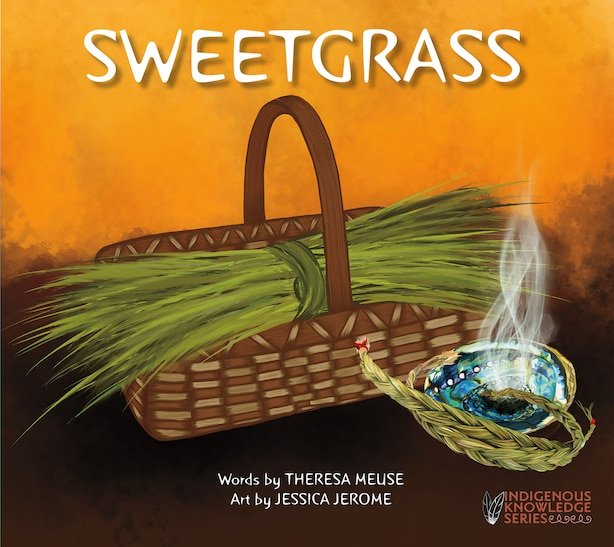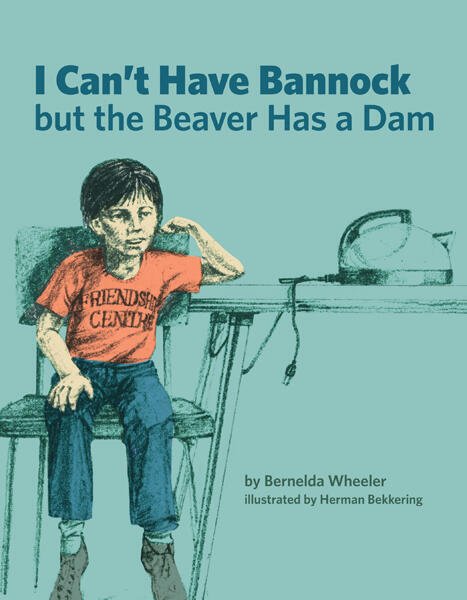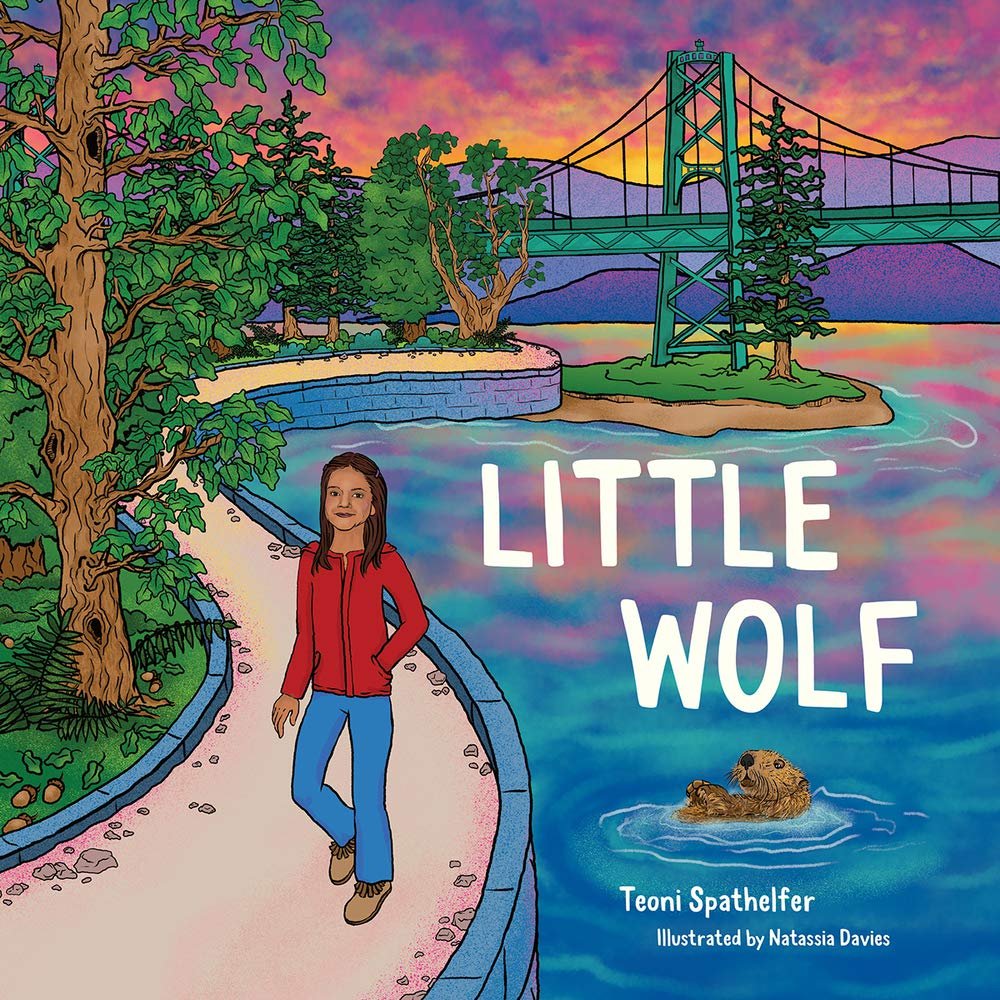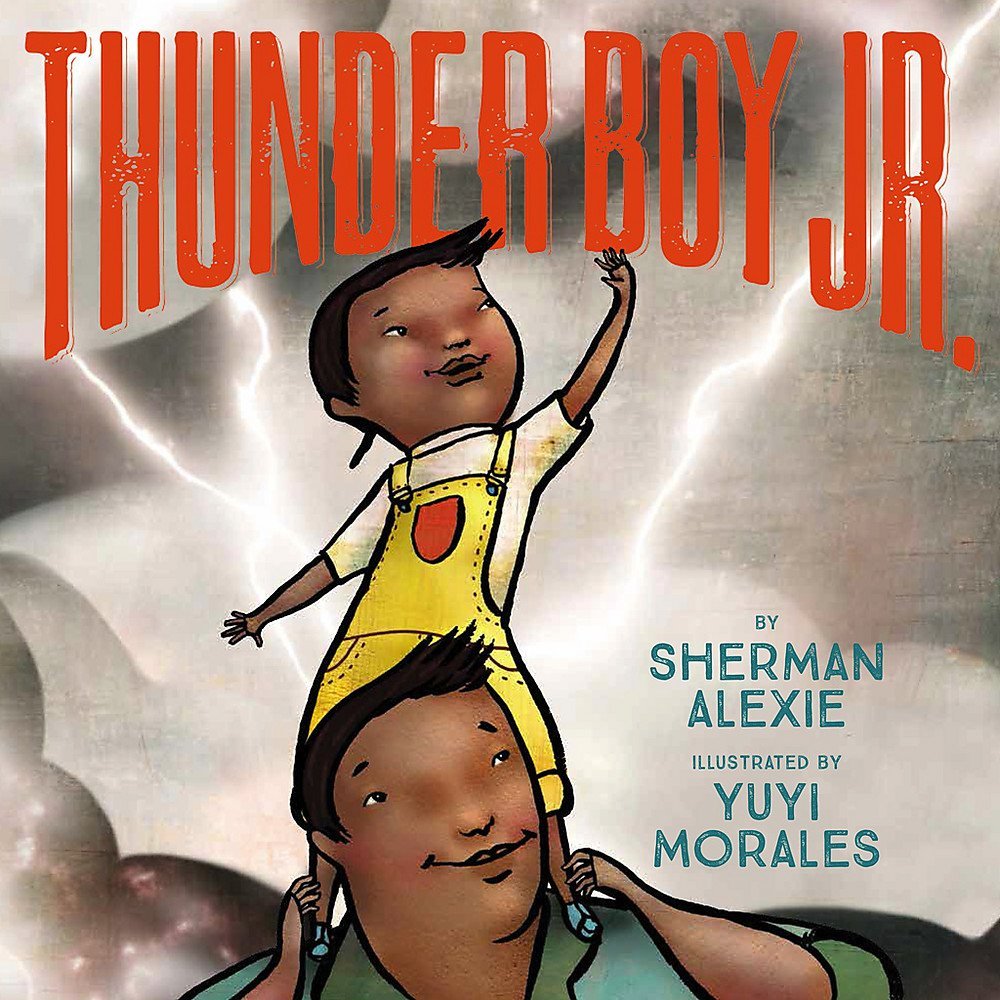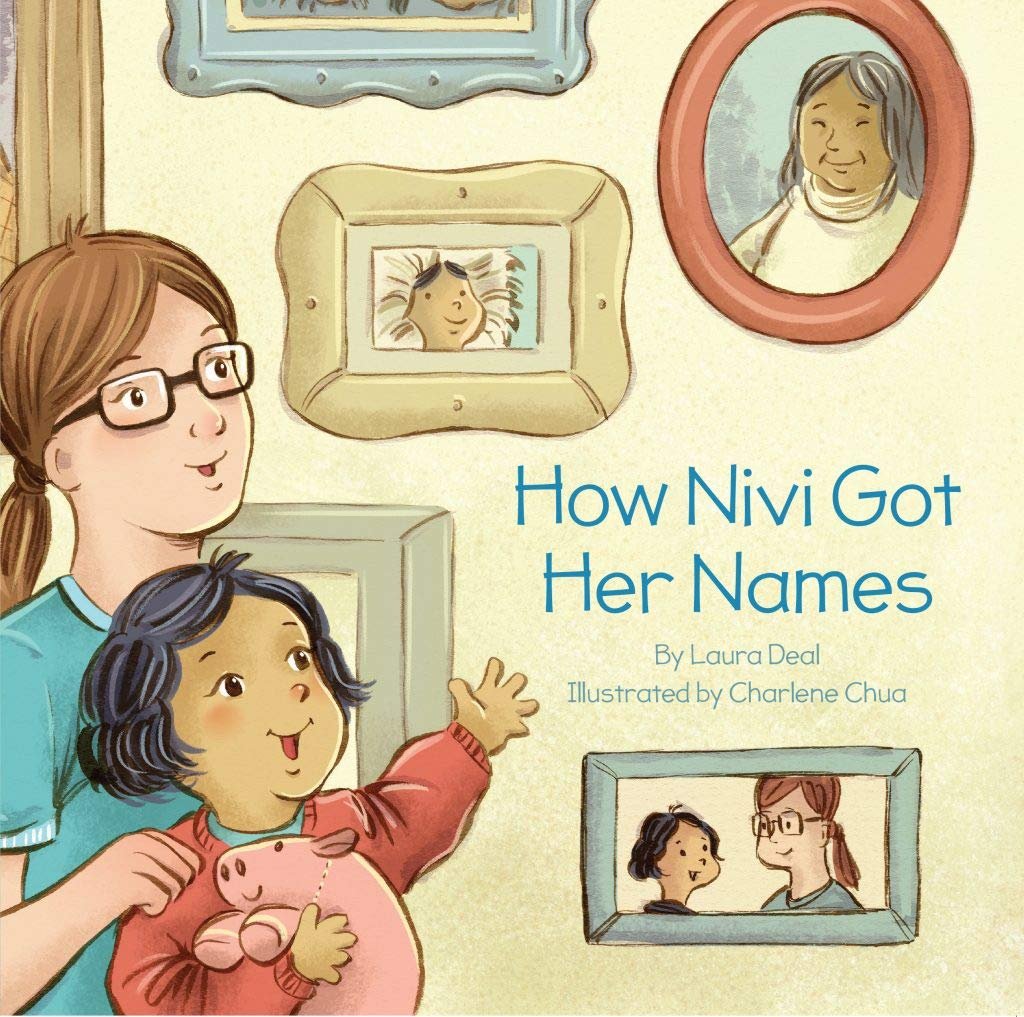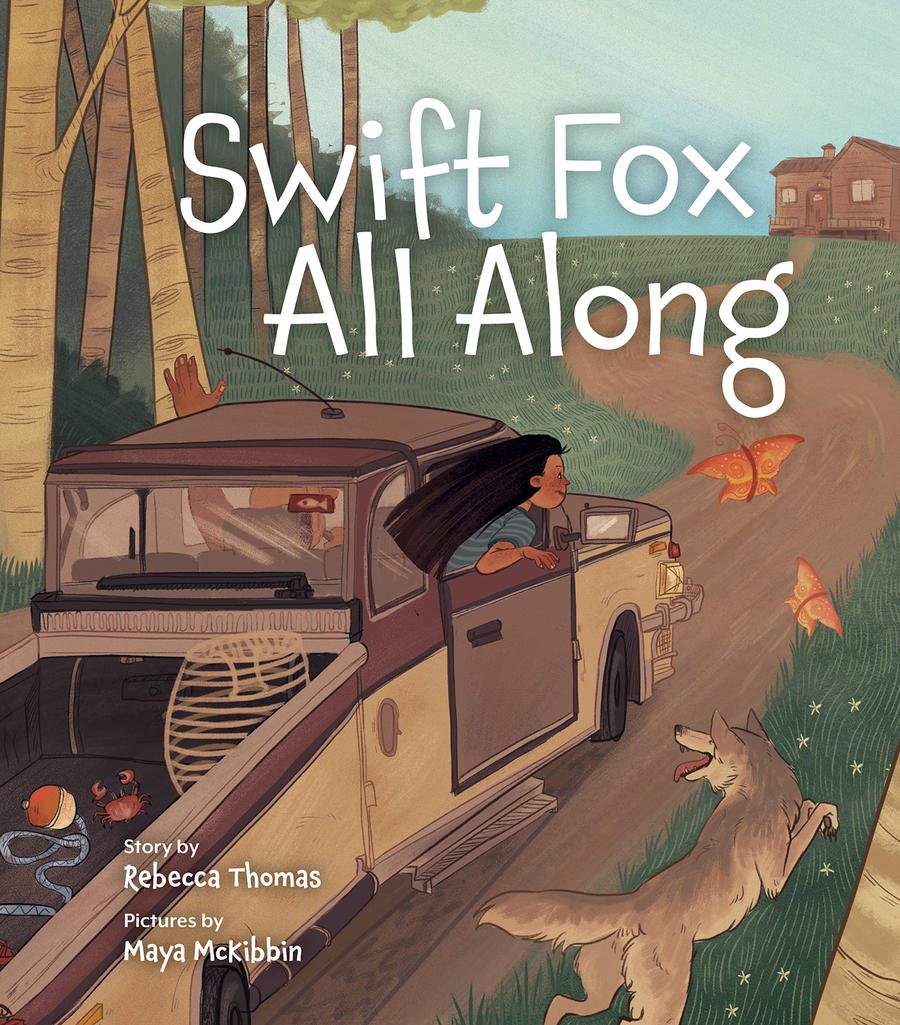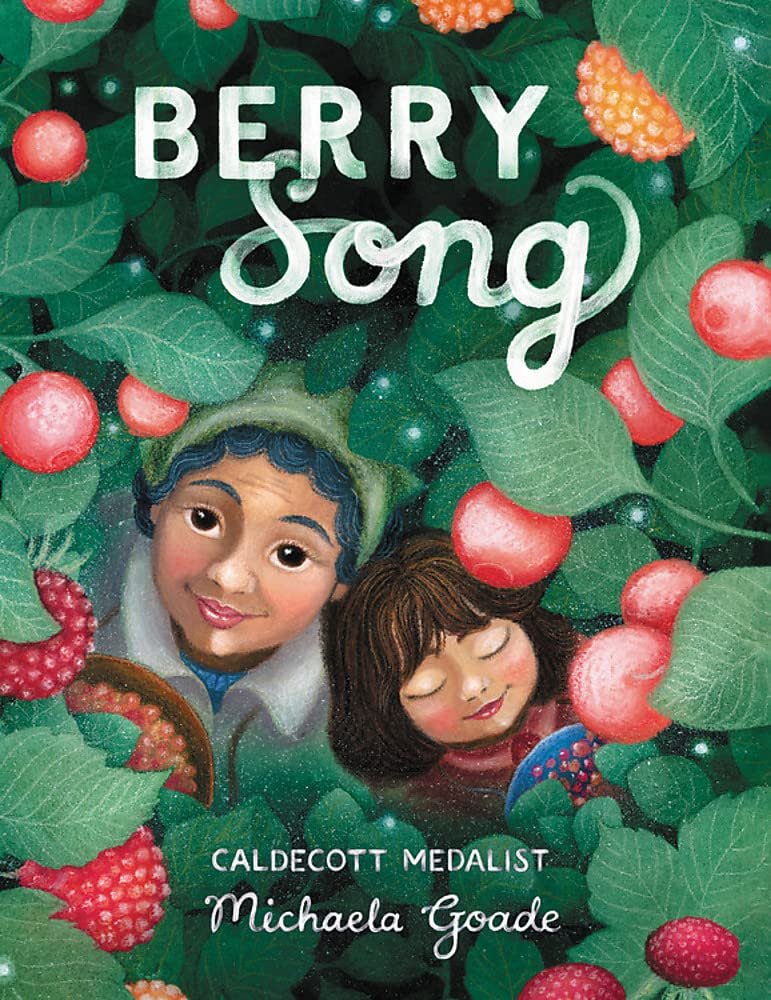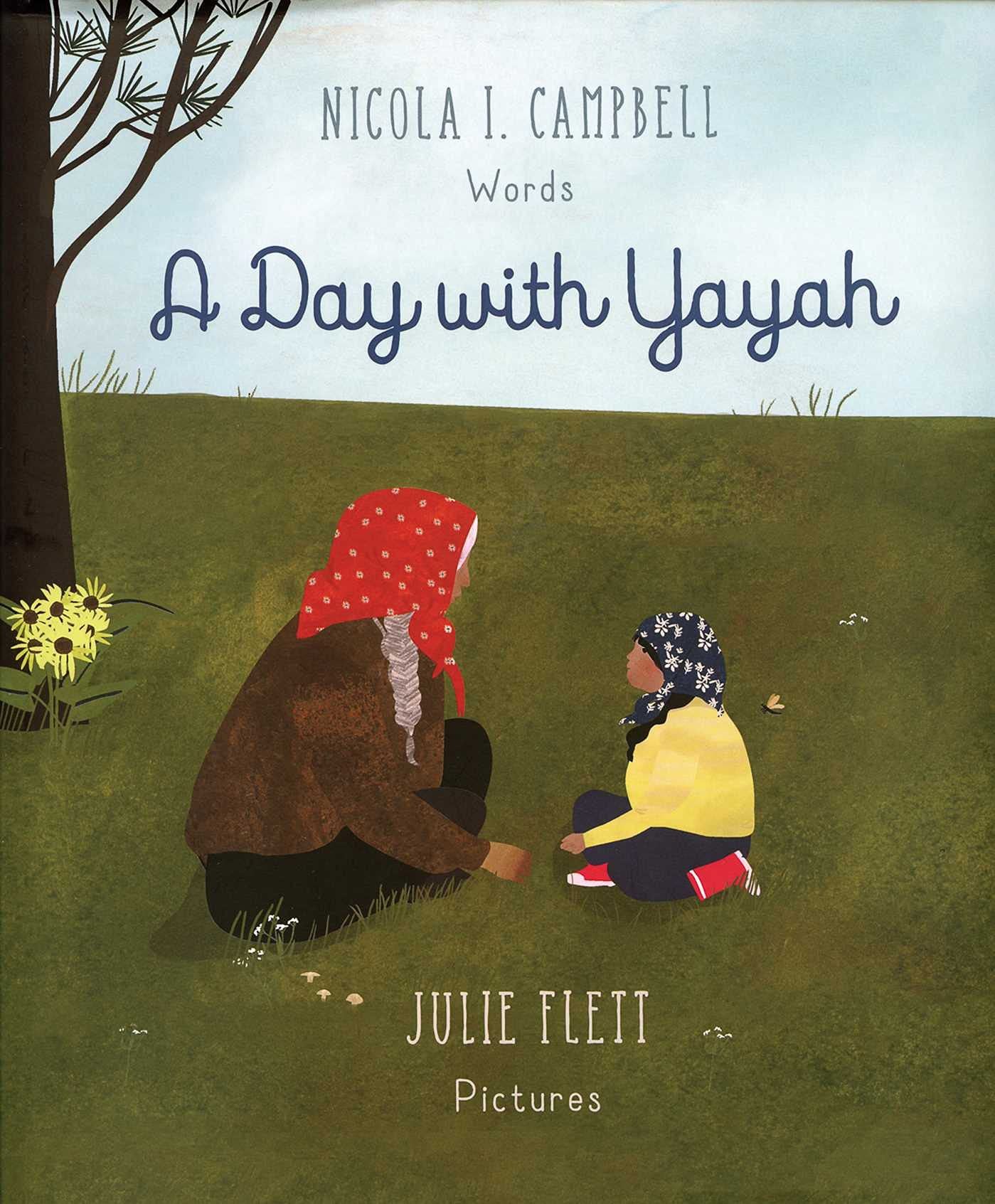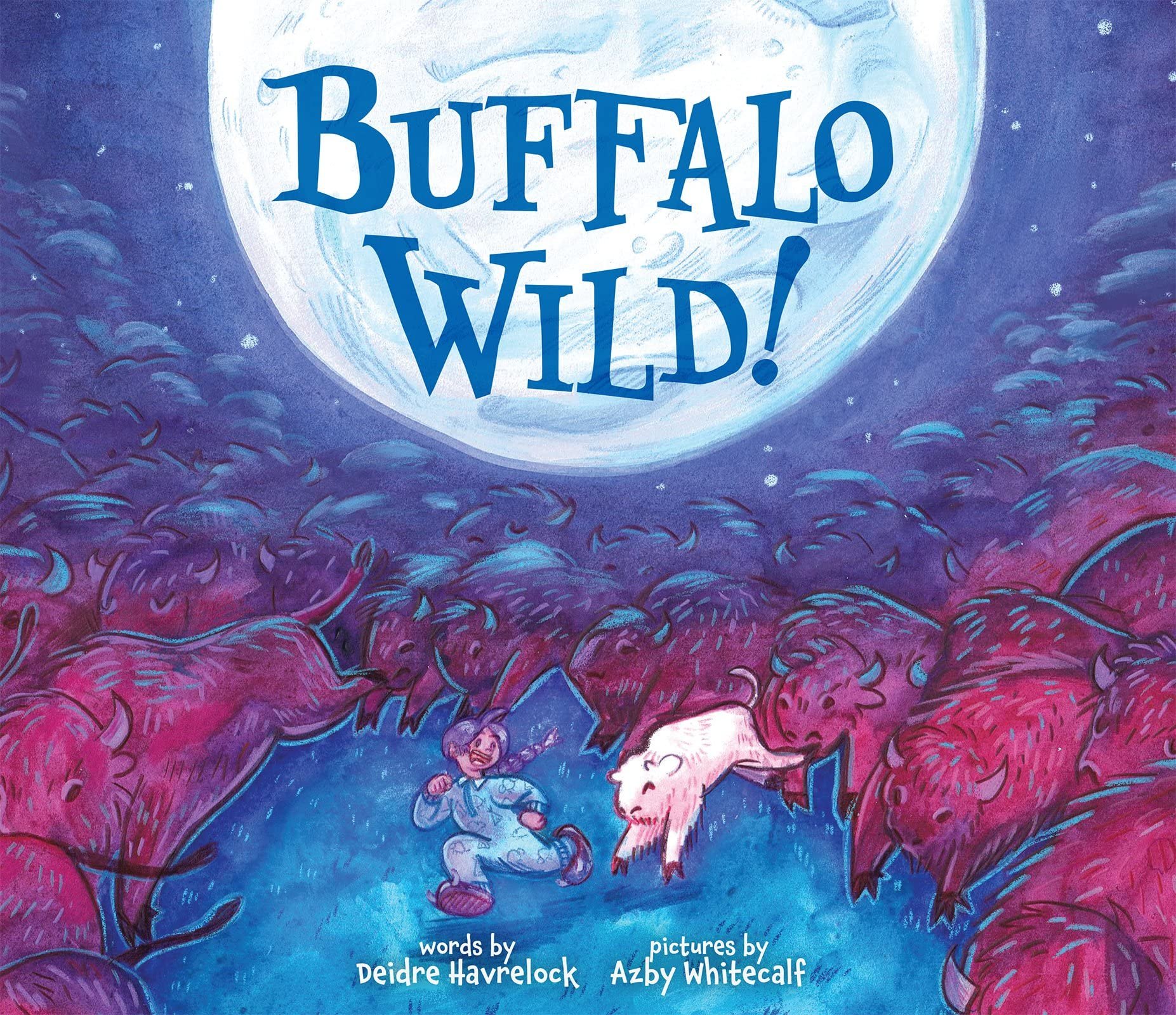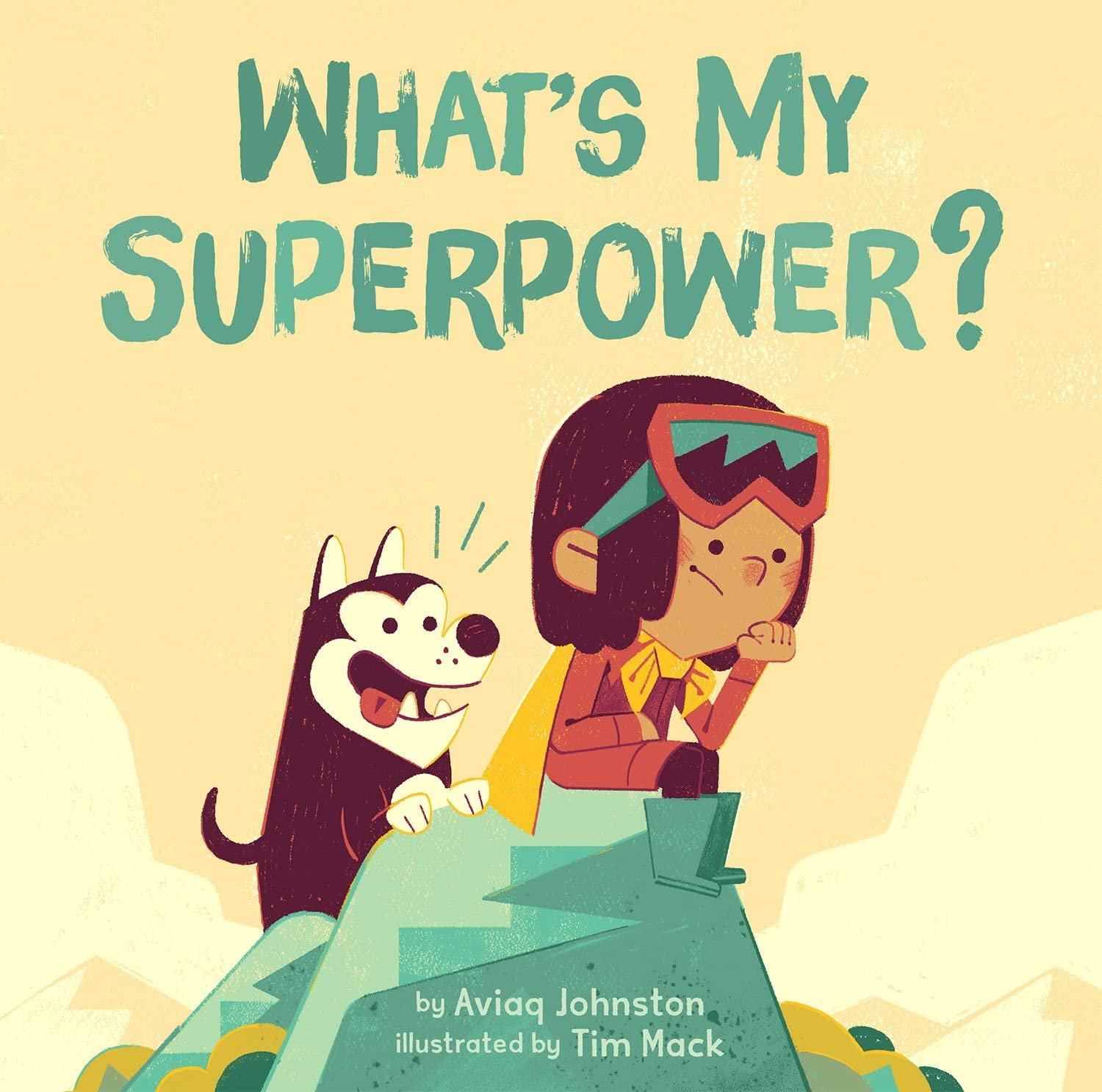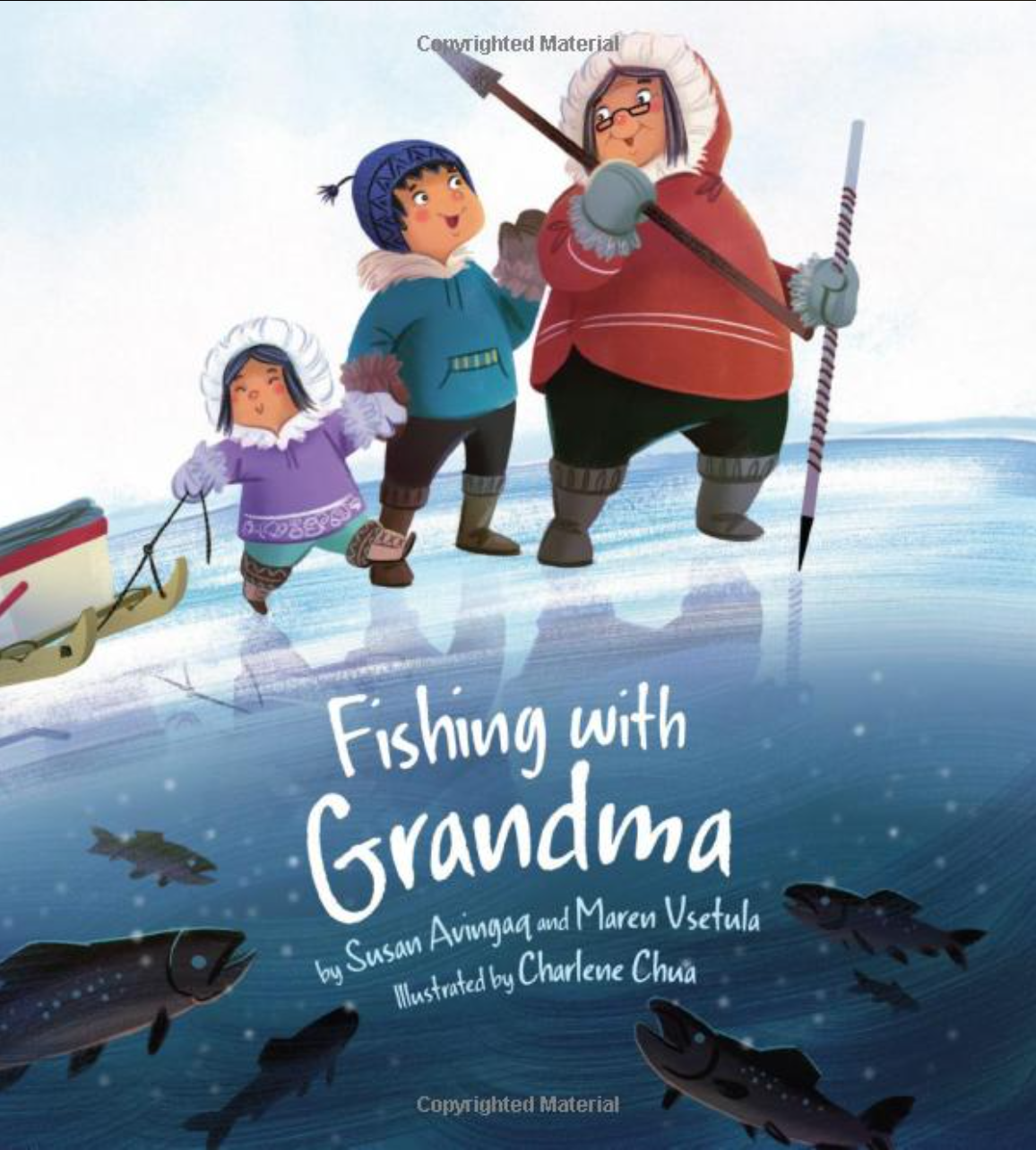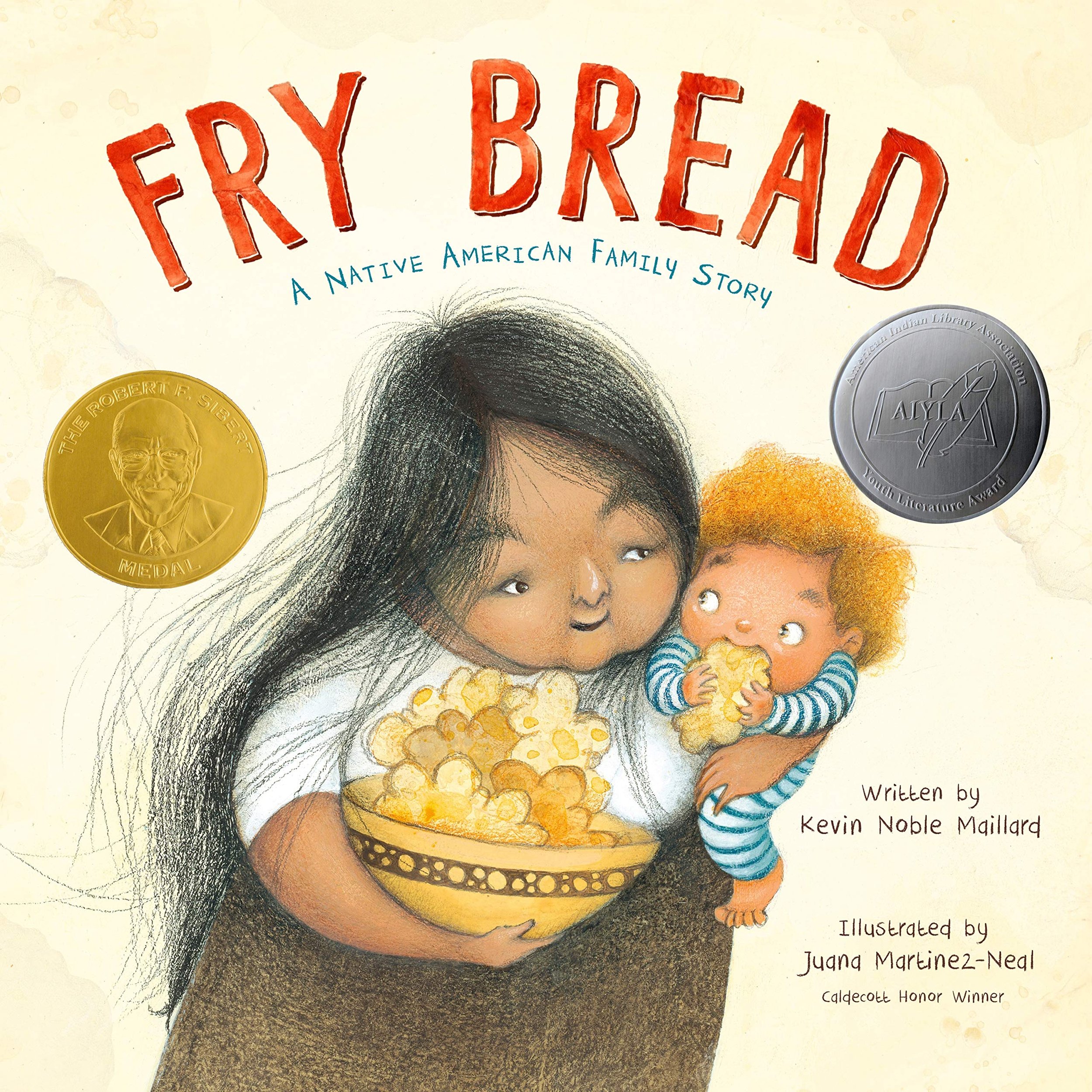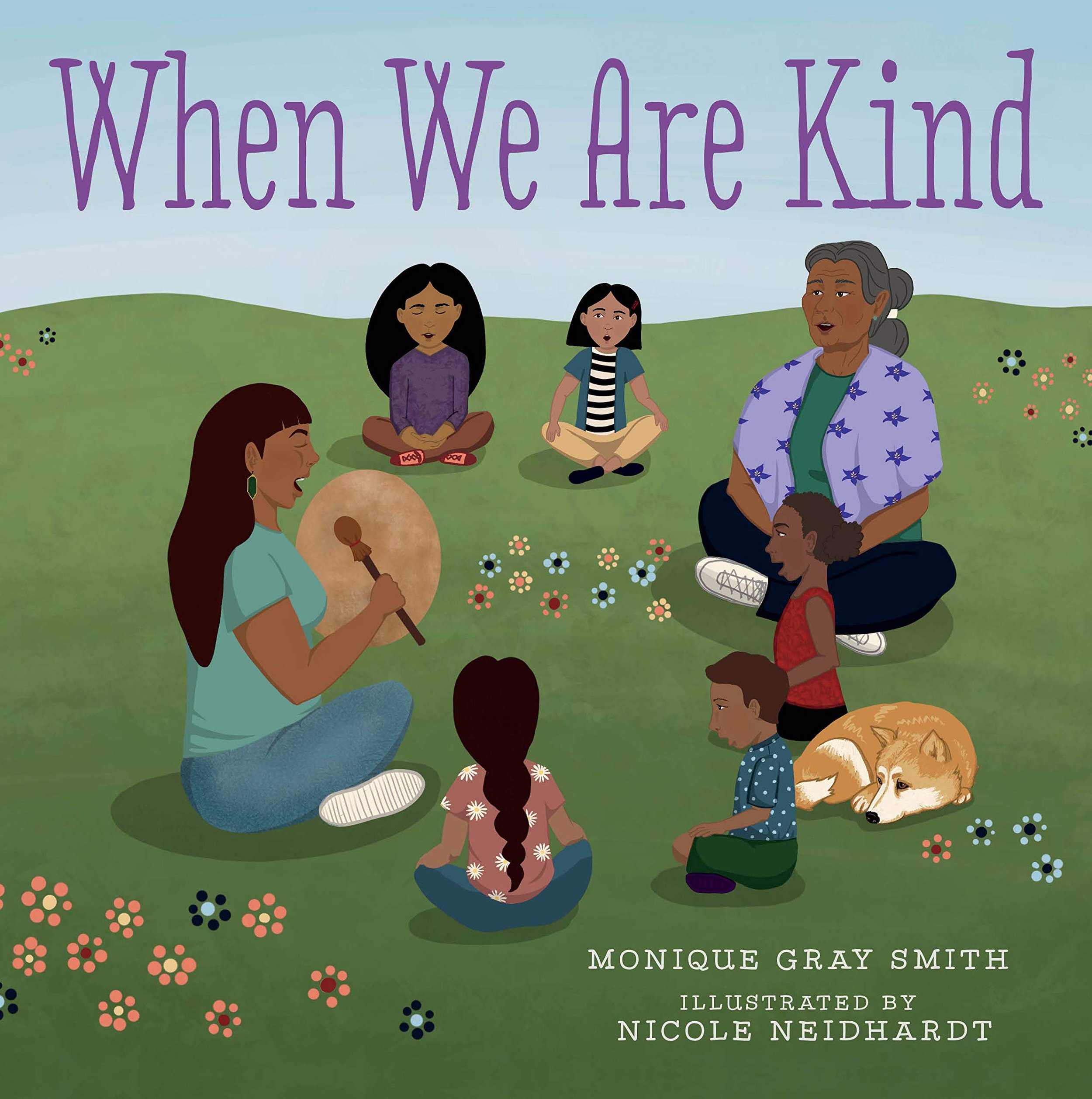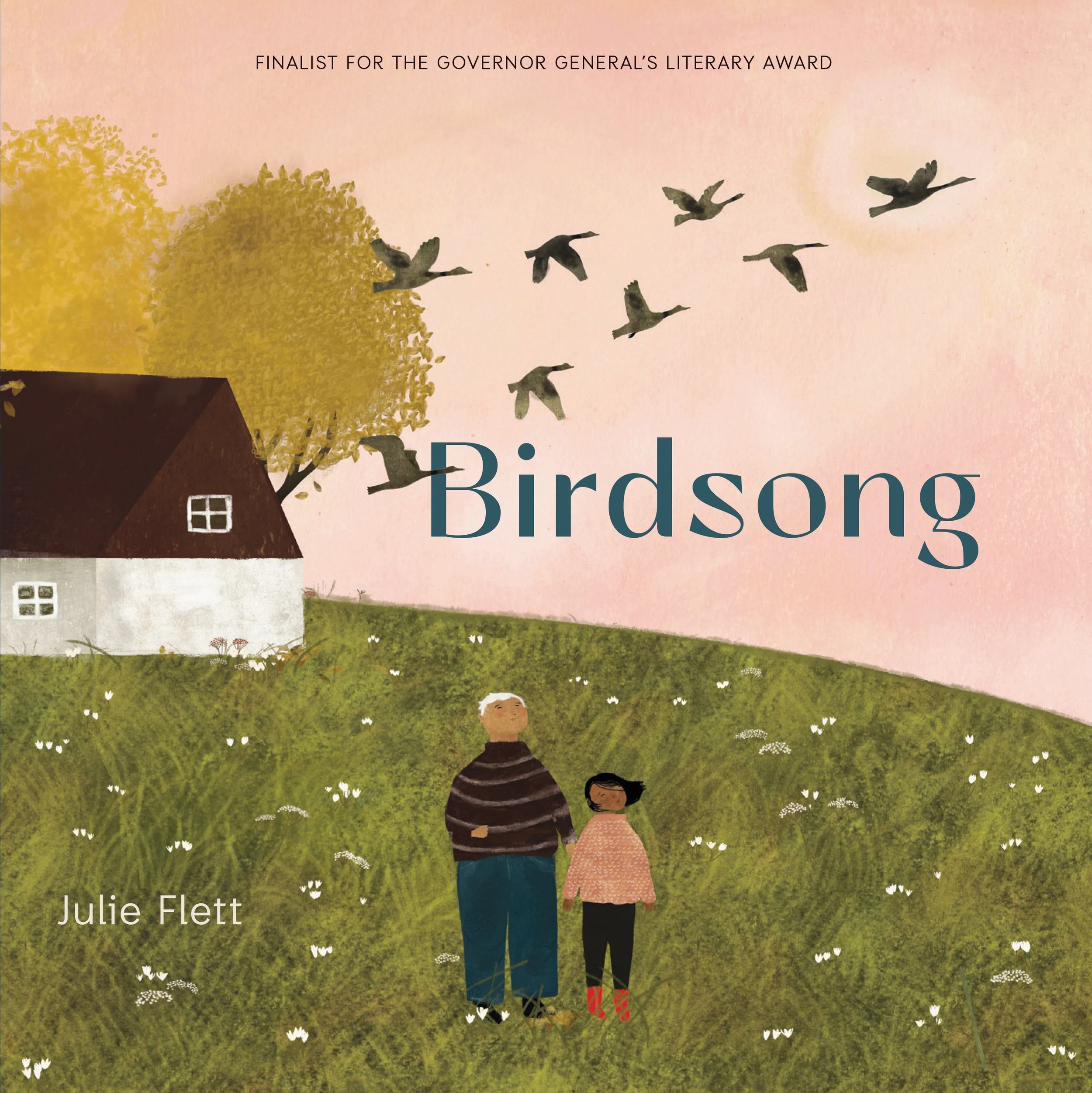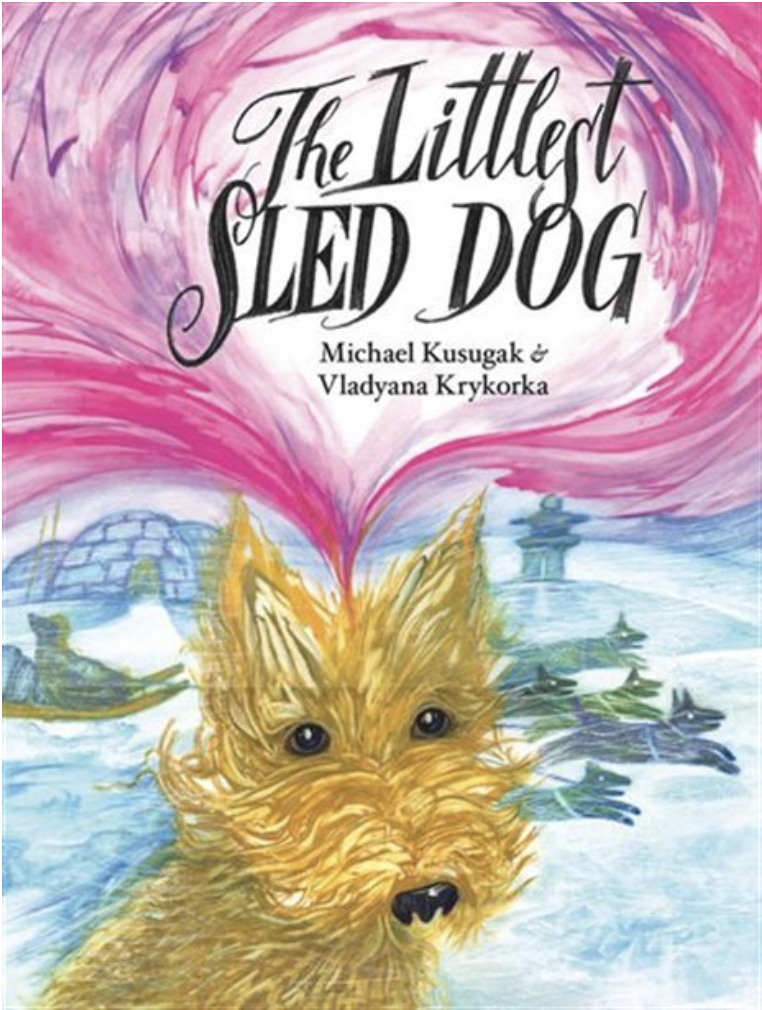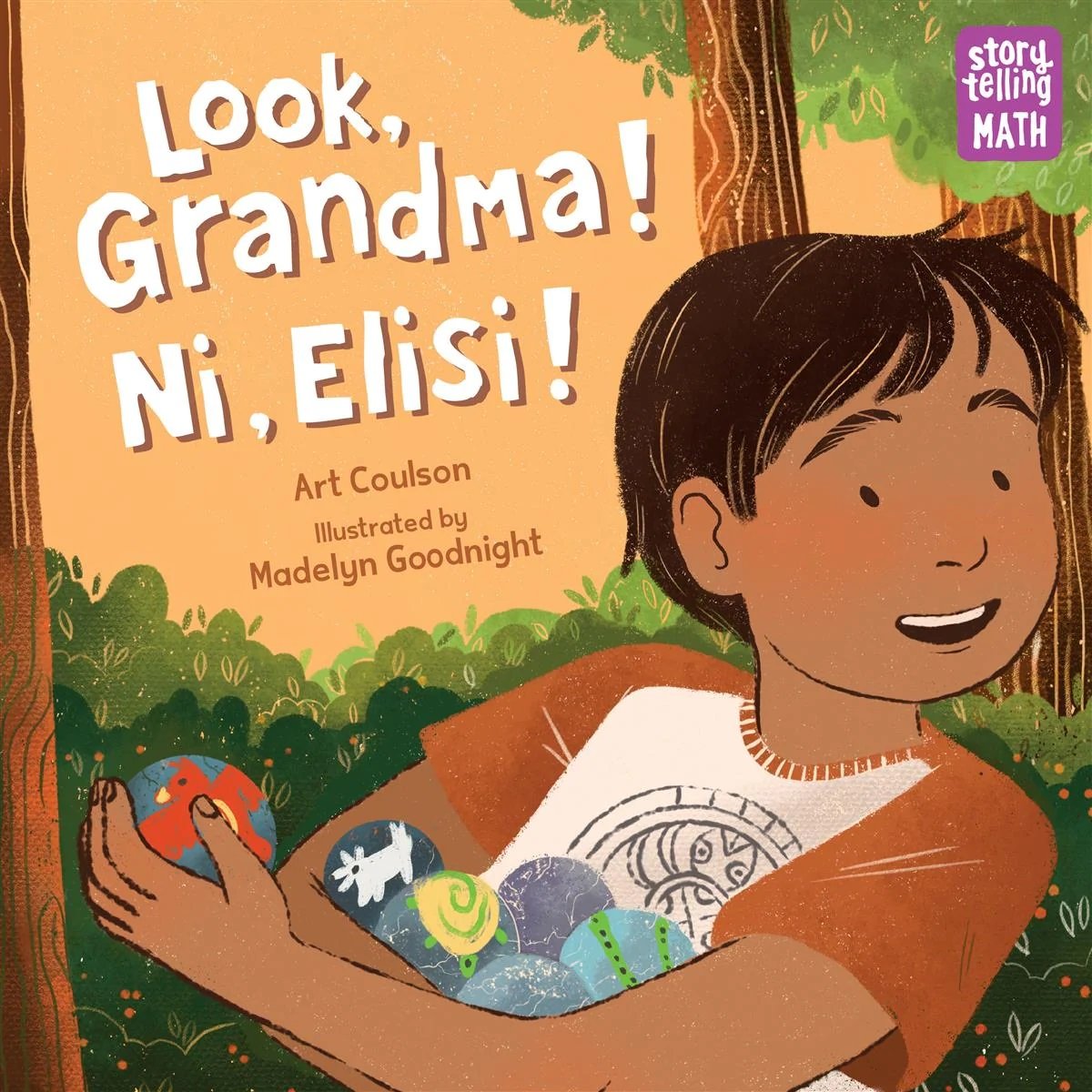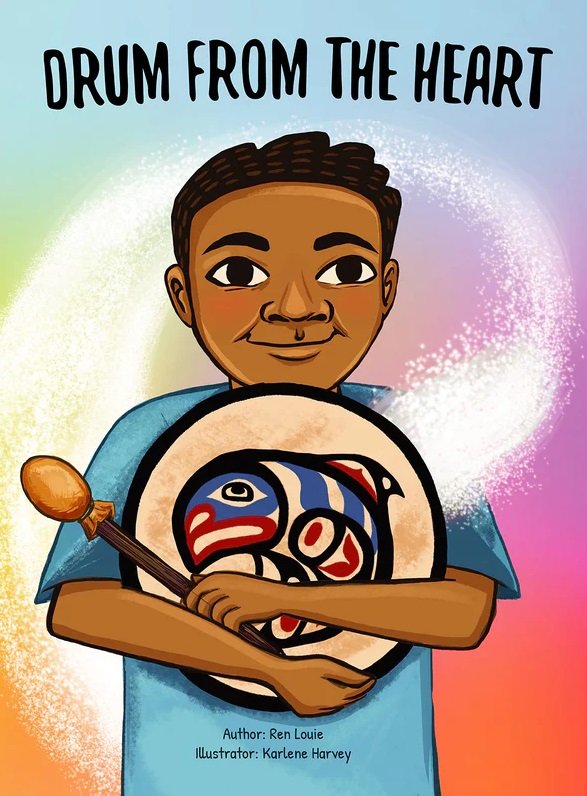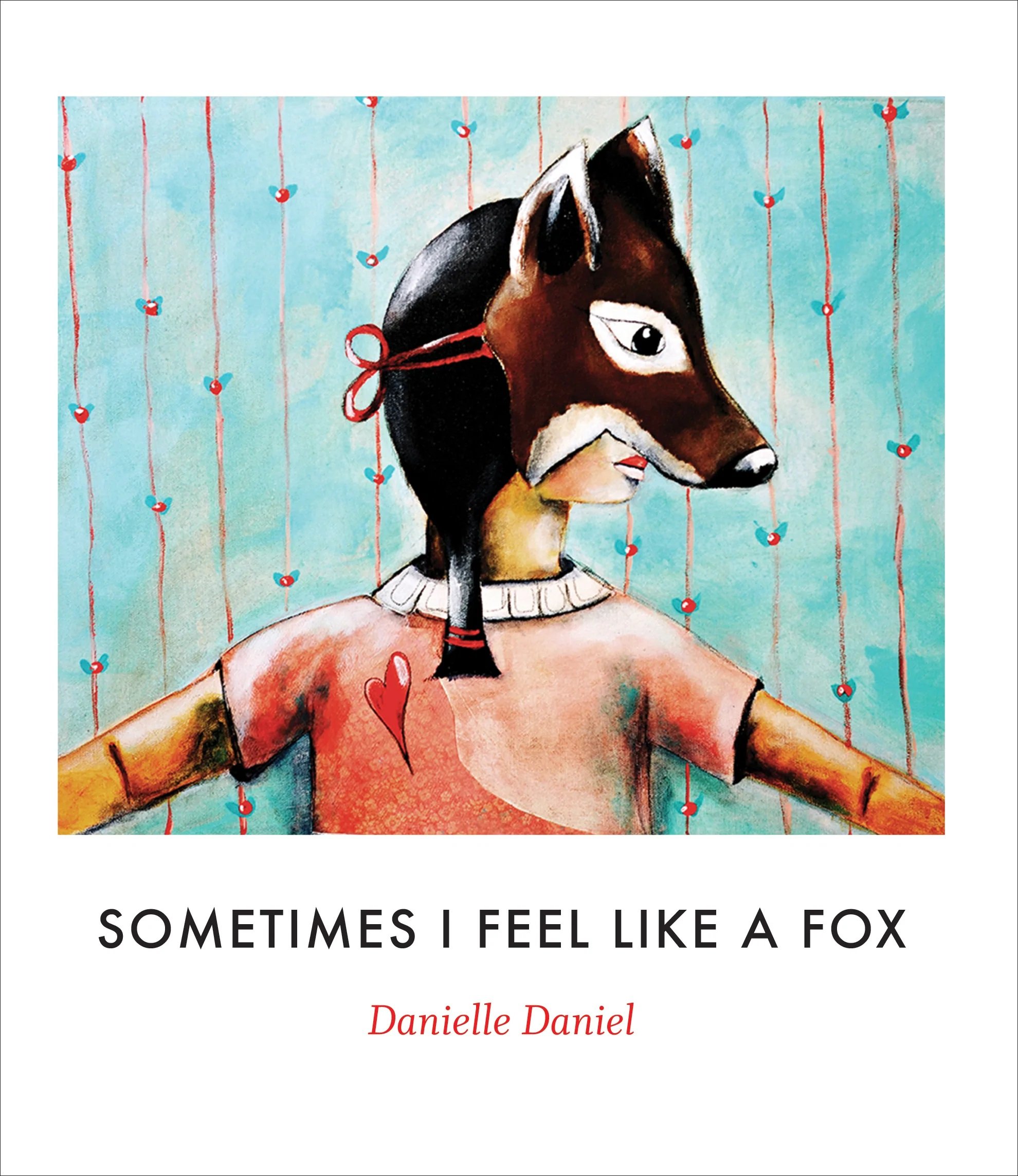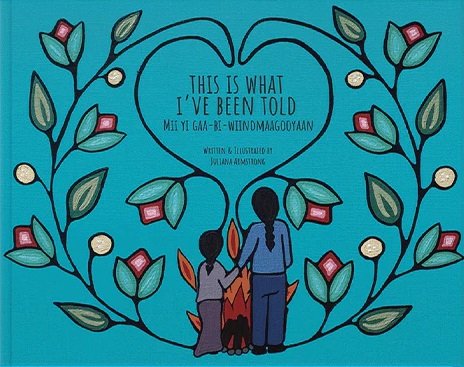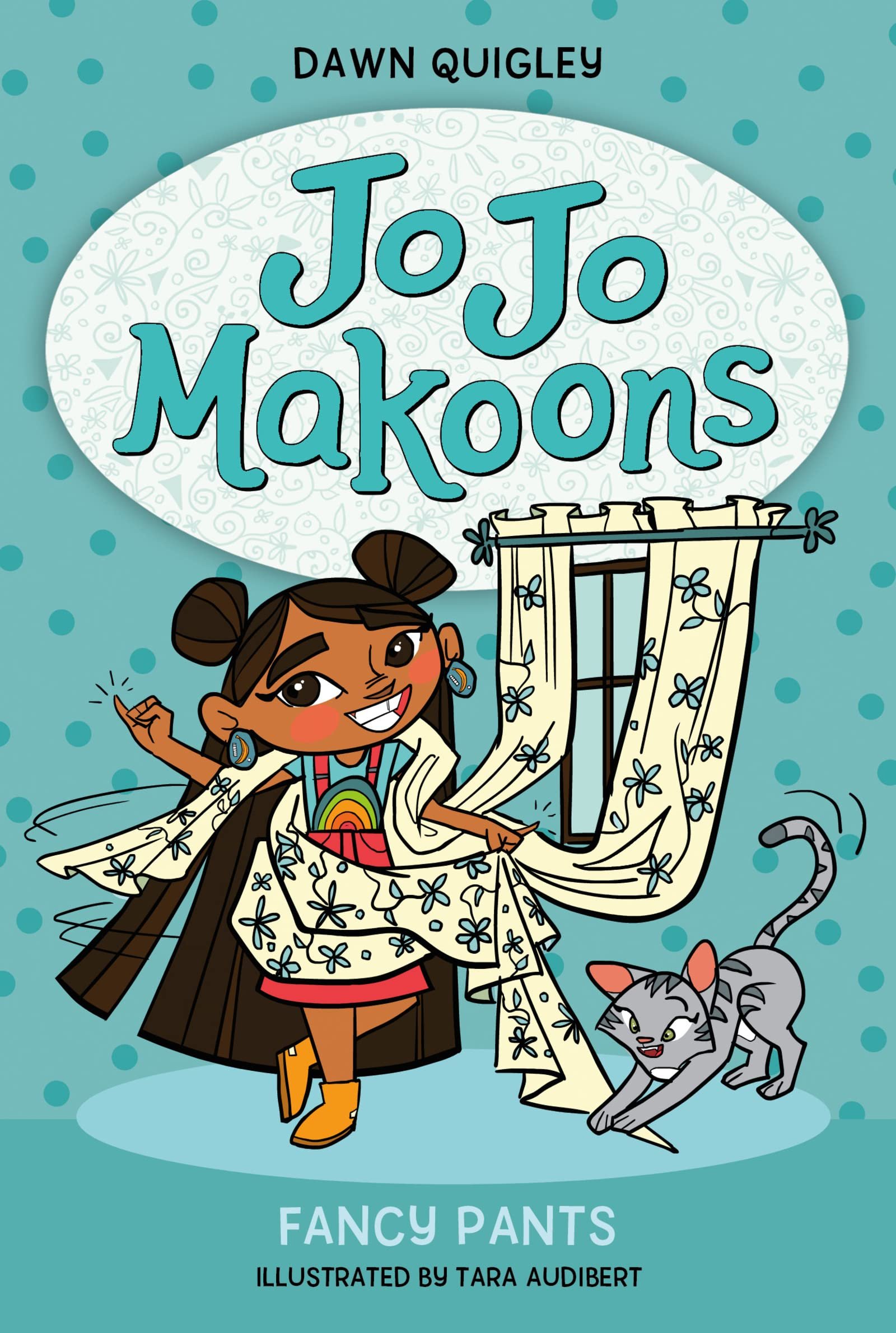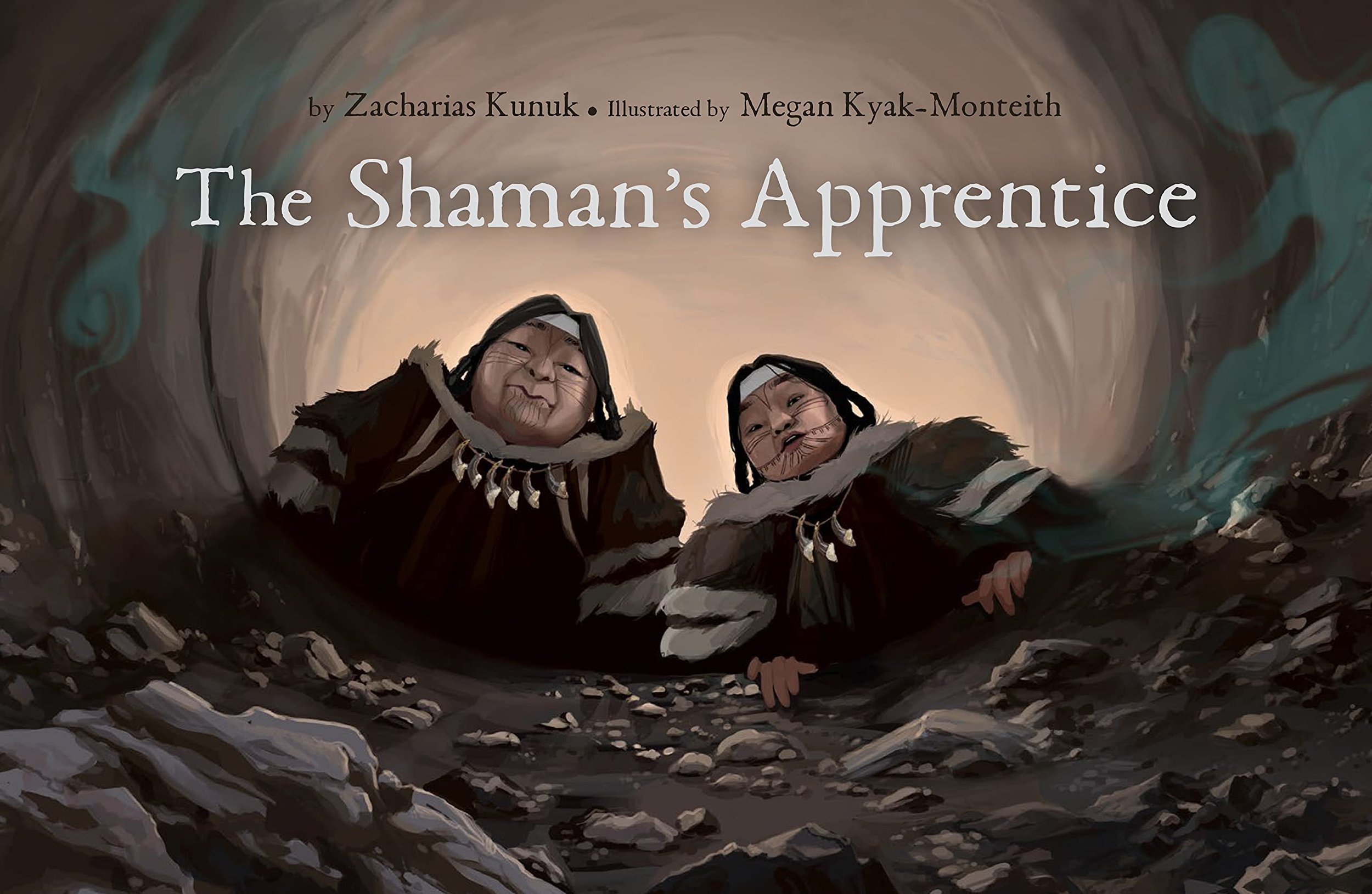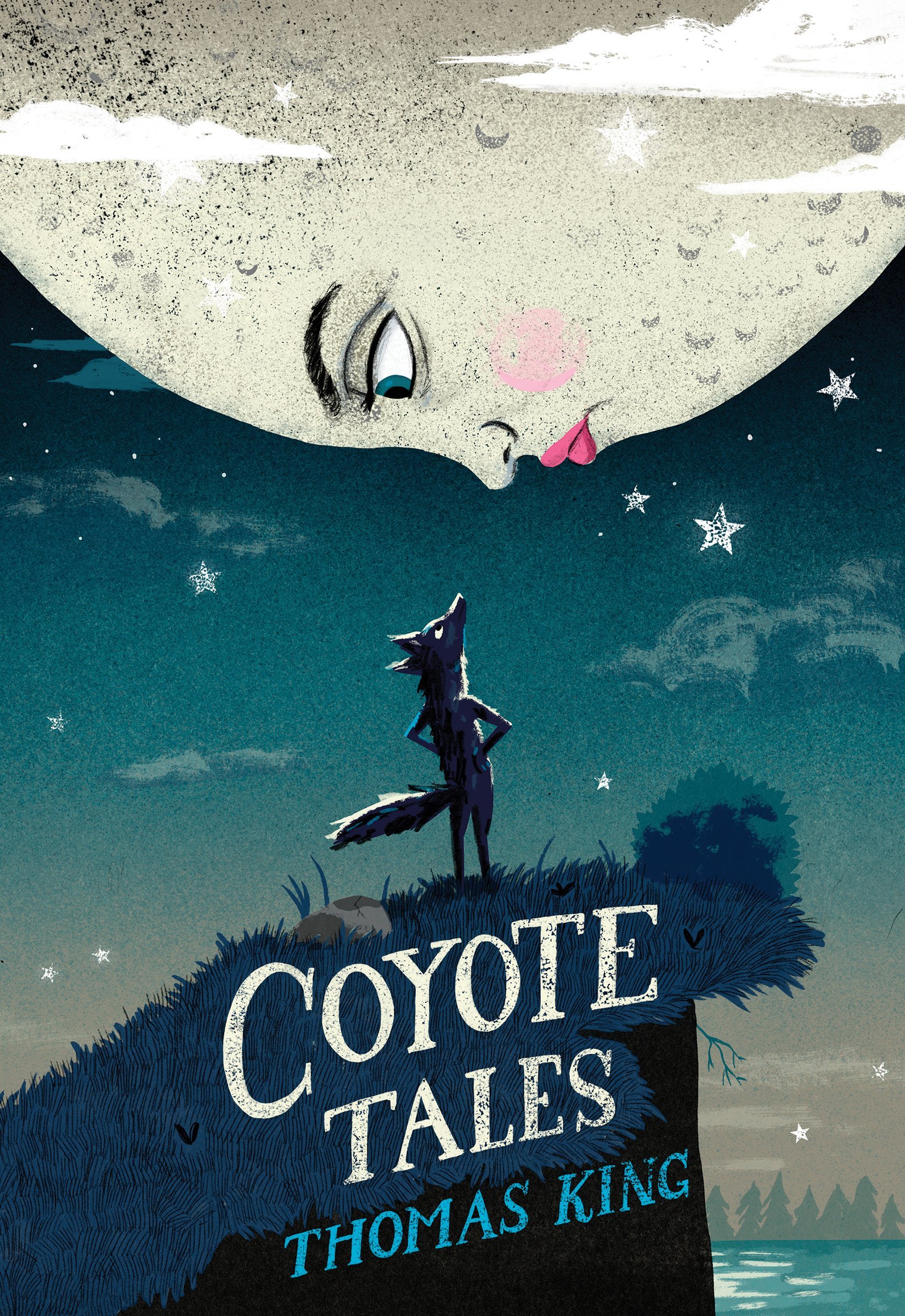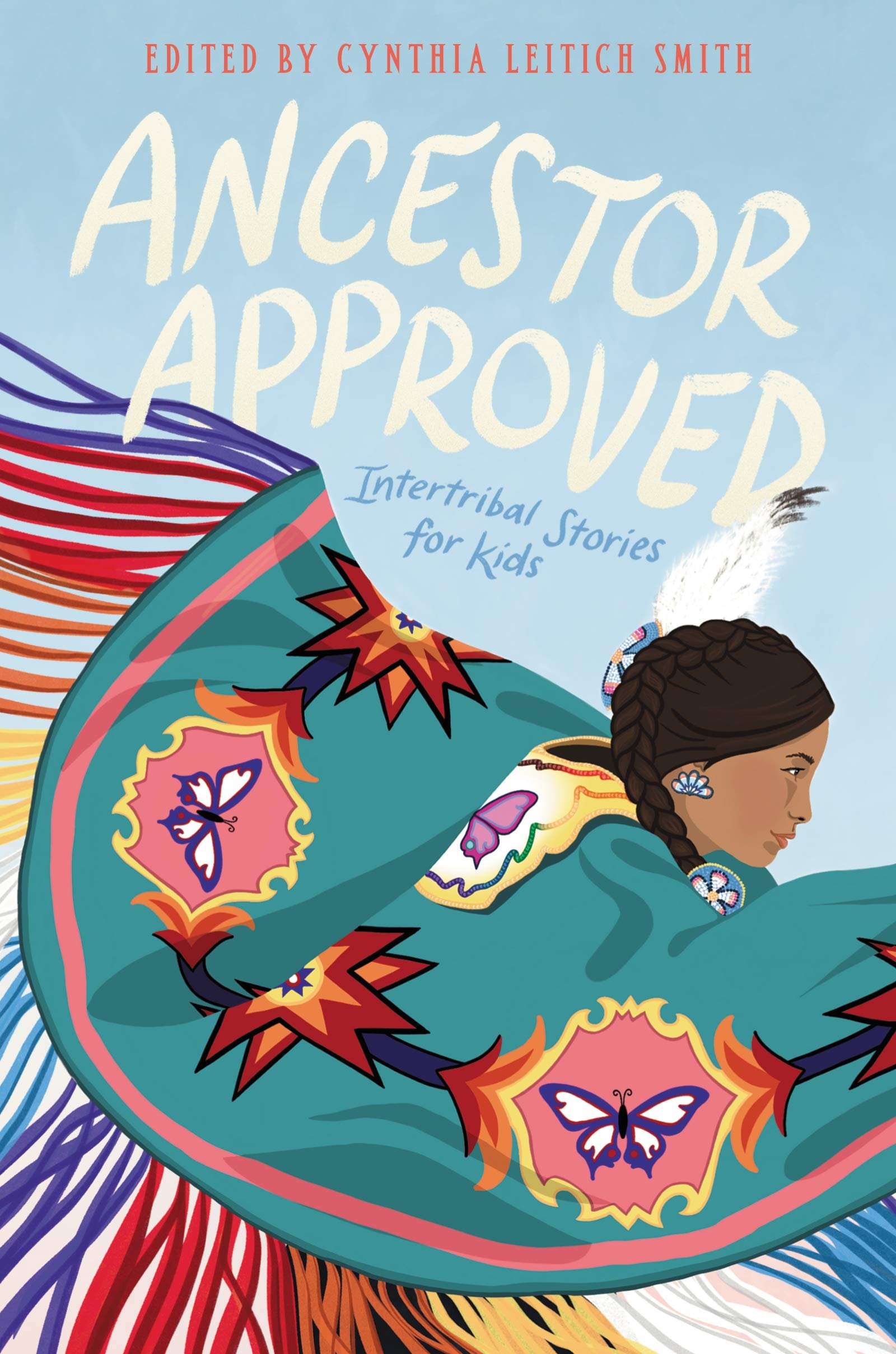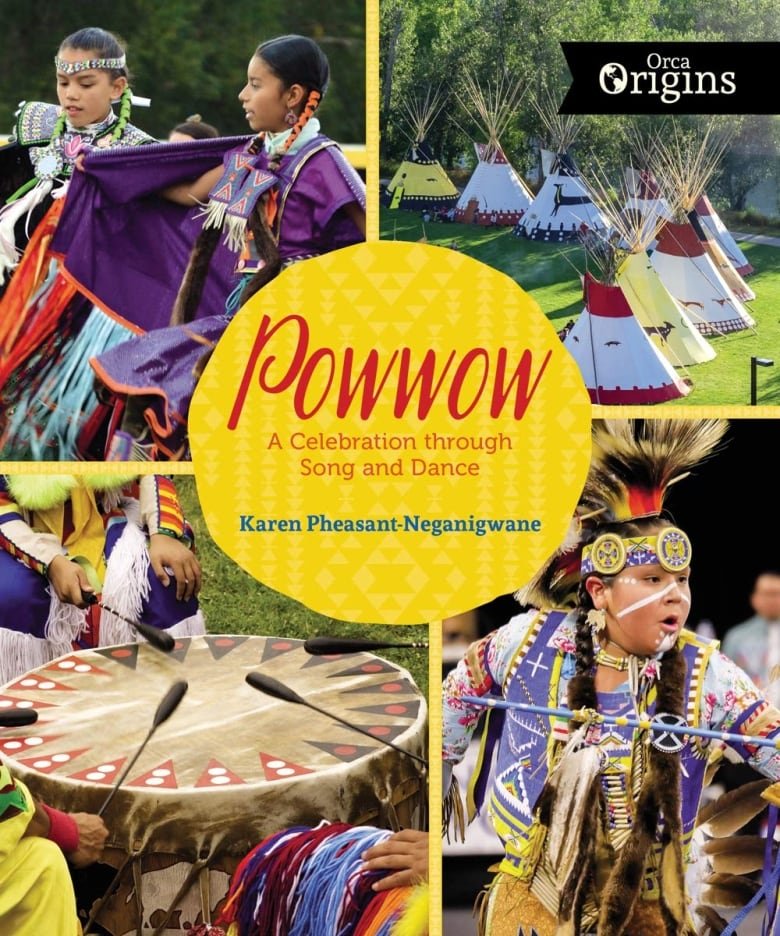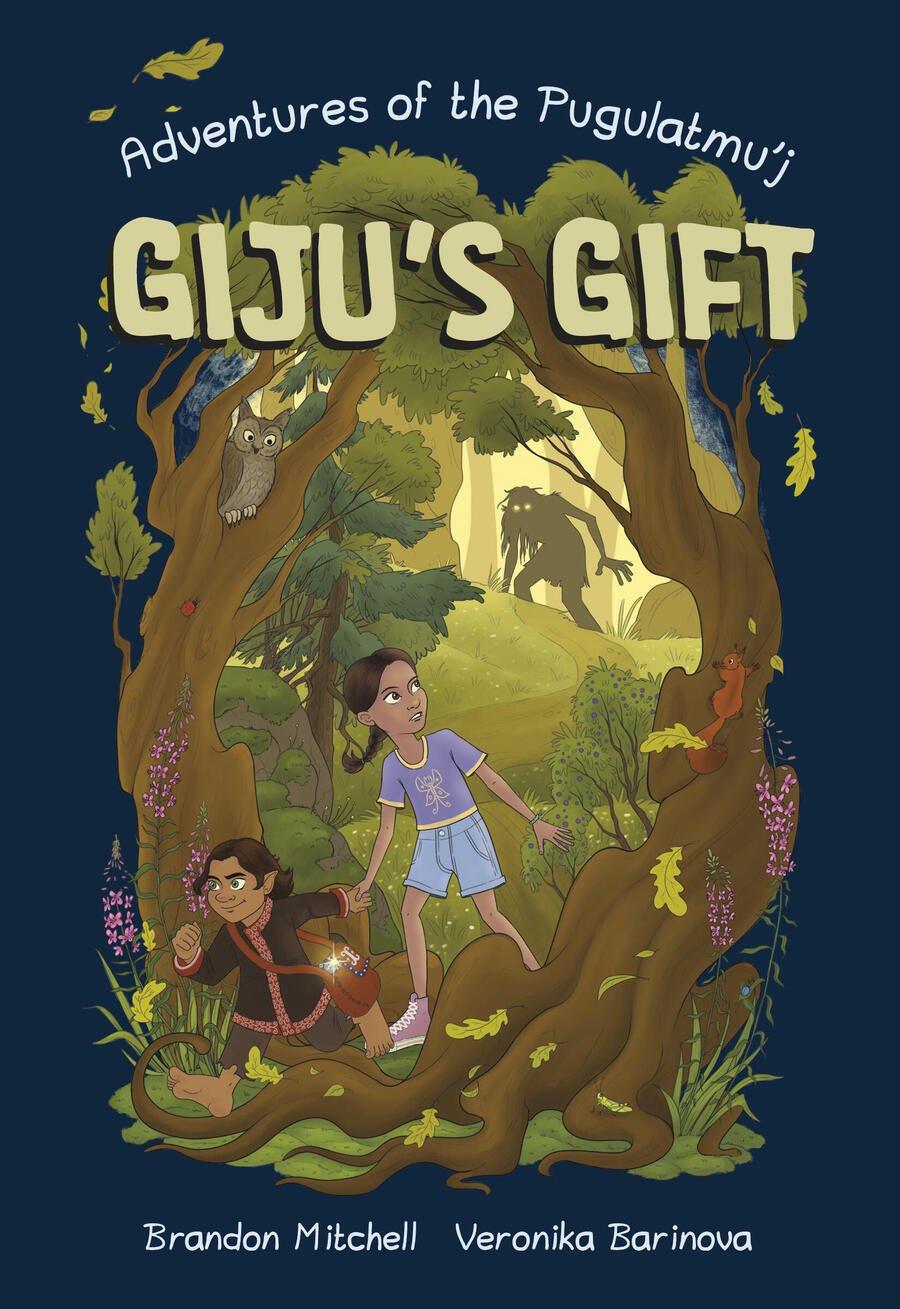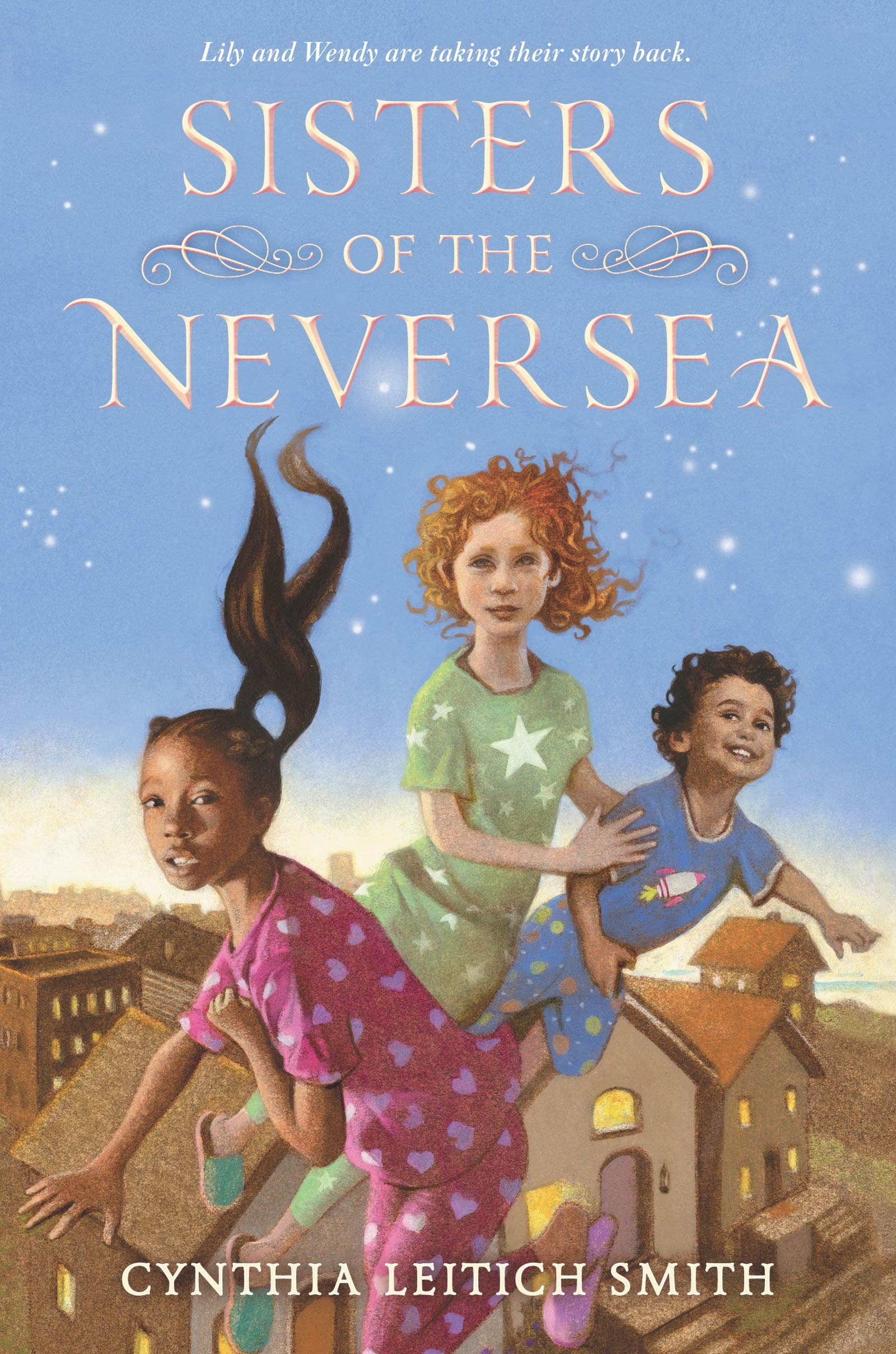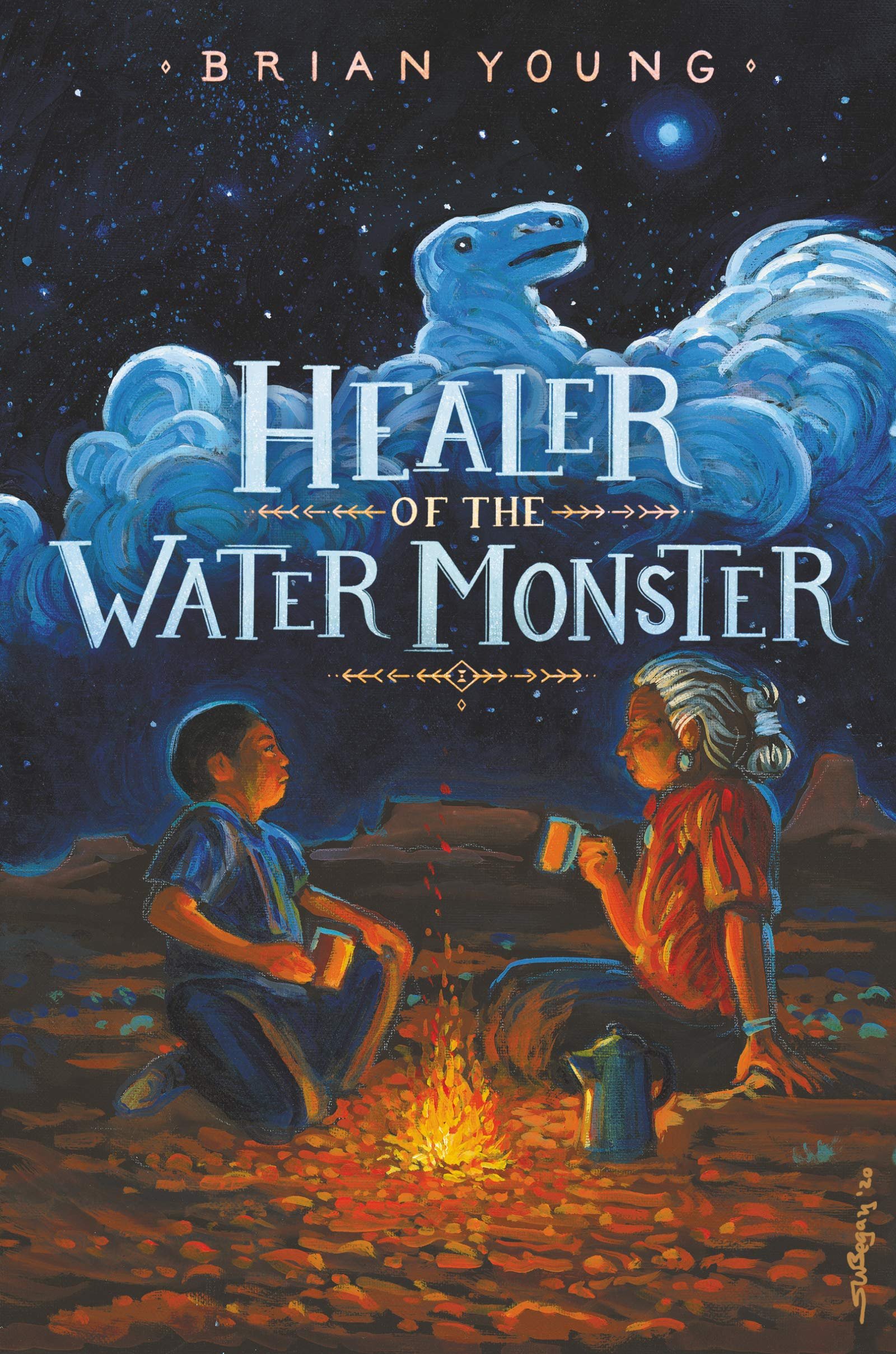Kids’ Books for Reconciliation
Updated September 19, 2022
Orange Shirt Day is coming up soon, a day to reflect on the history and legacy of residential schools. The name of the day comes from the story of Phyllis Webstad, a residential school survivor, who had her new orange shirt taken from her on her first day at St. Joseph Mission. You may hear the phrase “Every Child Matters” on this day, a powerful reminder that all children are important: the ones left behind, the ones who survived, and the countless others today who are still impacted and healing from the lasting legacy.
Because this is a topic many people ask me about, I’ve put together a list of recommended resources to talk about residential schools and truth and reconciliation. I caveat first and foremost that I am a non-Indigenous woman. But these are my go-to resources as a teacher and a librarian, viewed through a lens of anti-oppression and anti-colonialism. Collecting and sharing these resources is one way that I put in the labour that was asked of me in the Truth and Reconciliation Calls to Action #62 and #63.
I also want to share two book lists I like, written by Indigenous people: this CBC list by Selena Mills and this Twitter thread by author David A. Robertson that later became a separate article.
I have separated my list below into several sections to focus in on slightly different topics. Unless marked specirically, all books were written and/or illustrated by Indigenous creators. Most of these books come with big time content warnings: residential schools, colonial violence, child abuse, grief and loss, intergenerational trauma.
One thing that I always try to remember around Orange Shirt Day is that these days and weeks, whilst vitally important, can also be really difficult for students whose own lives and families have been touched by this history. I try to make sure that all the stories of trauma are balanced with stories of resistence, strength, joy, healing. Colonial violence has irrepably harmed Indigenous communities on this land, but Indigenous people have worked so hard to make sure that they are not defined by this harm. It is the least I can do to honour this labour, this healing, this resilience, to make sure that Indigenous representation in my classroom or library does not end with stories of residential schools.
If buy any of these books, please consider supporting Indigenous-owned booksellers like Massy Books, Iron Dog Books, and Strong Nations.
Scroll through my detailed descriptions below or use the full book list here.
Books about residential schools
These books are both fiction and non-fiction, but cover the topic of residential schools specifically. I consider these powerful resources that bring this very large topic into age-appropriate language and storytelling that young readers can understand. I have used the primary resources with my Kindergarten students successfully. I strongly recommend reading these resources before sharing them with children, as some of them may need thoughtful support to ensure that the topic is handled with care and a trauma-informed lens.
(My notes are not visible on mobile. Best viewed on desktop.)
Primary
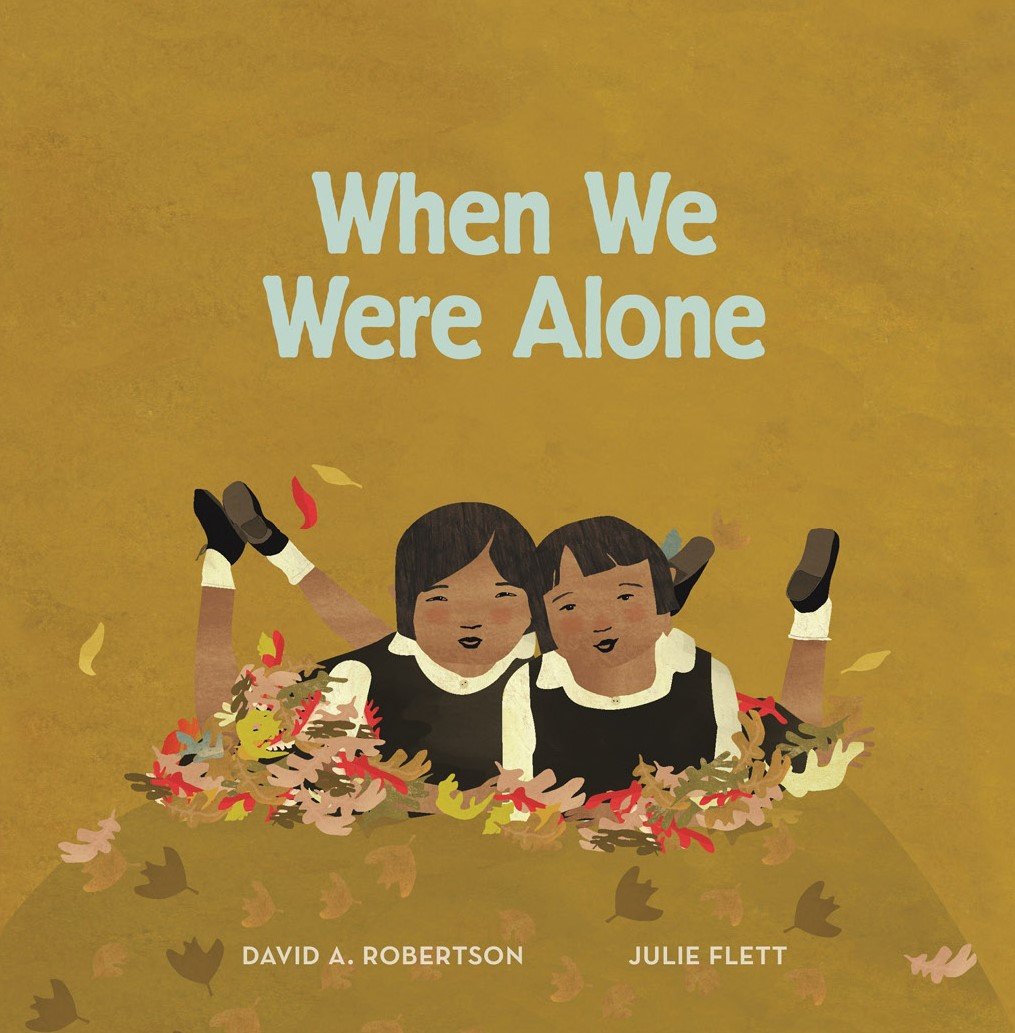
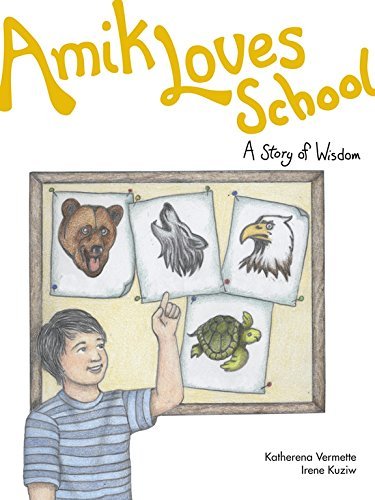
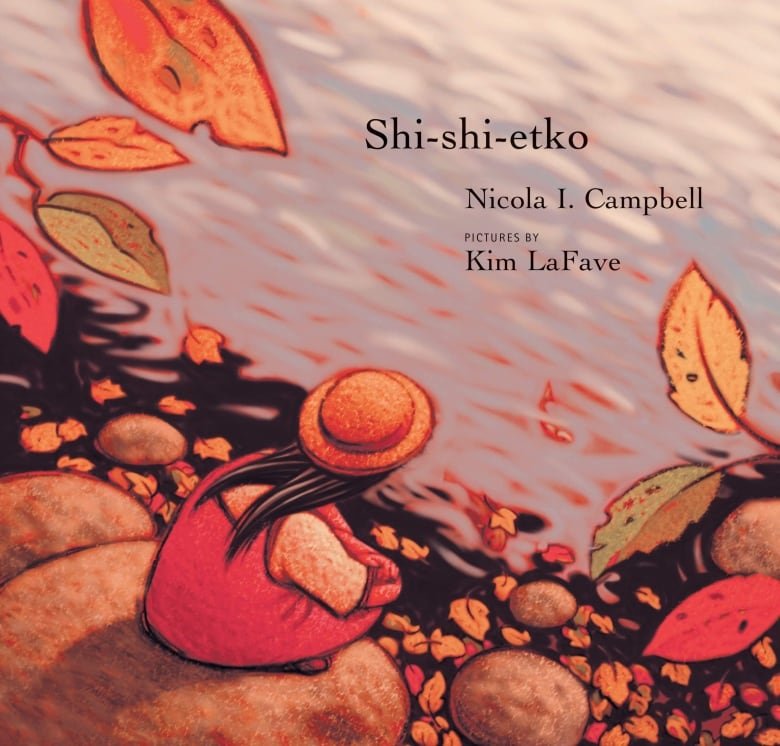
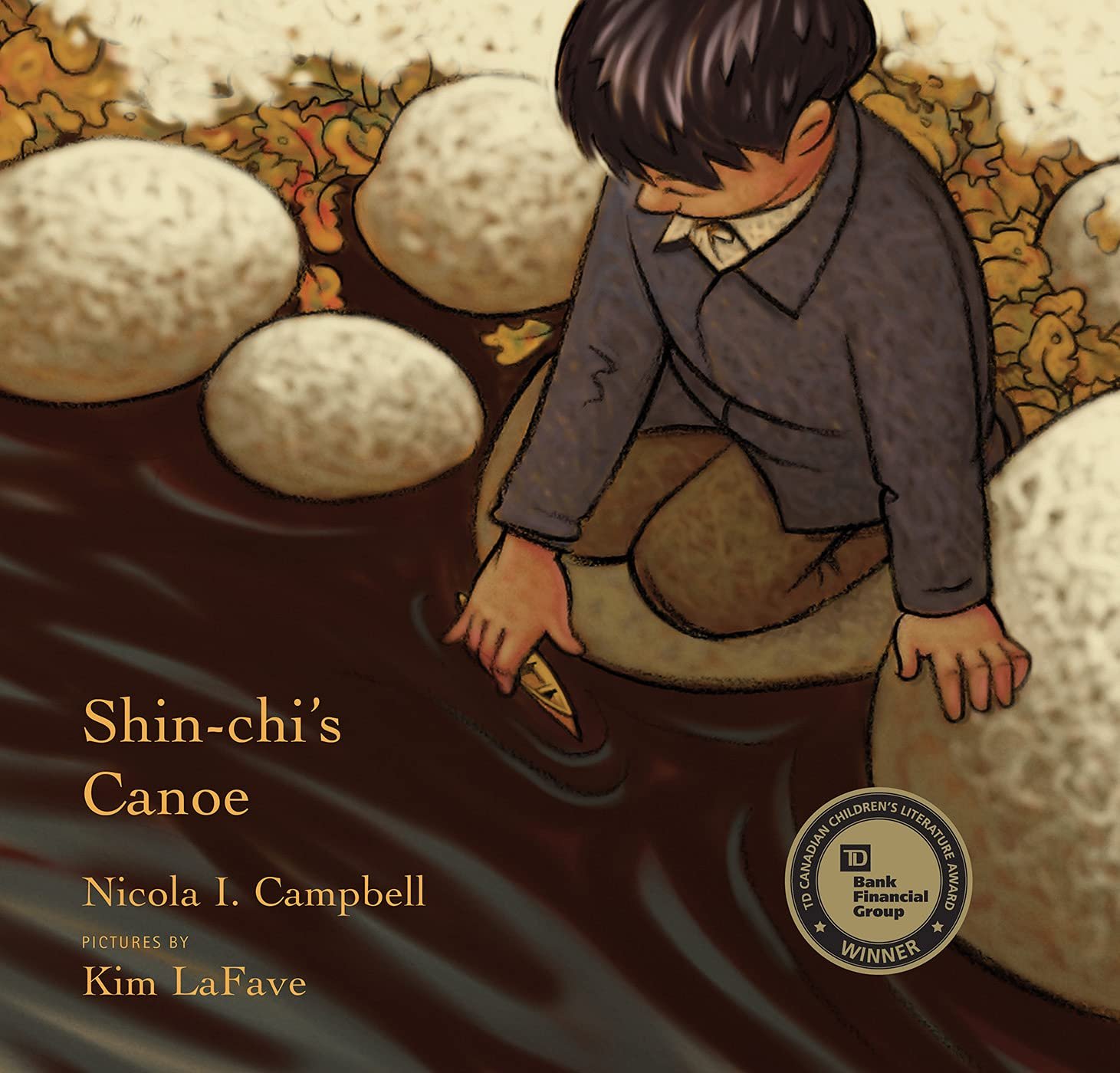
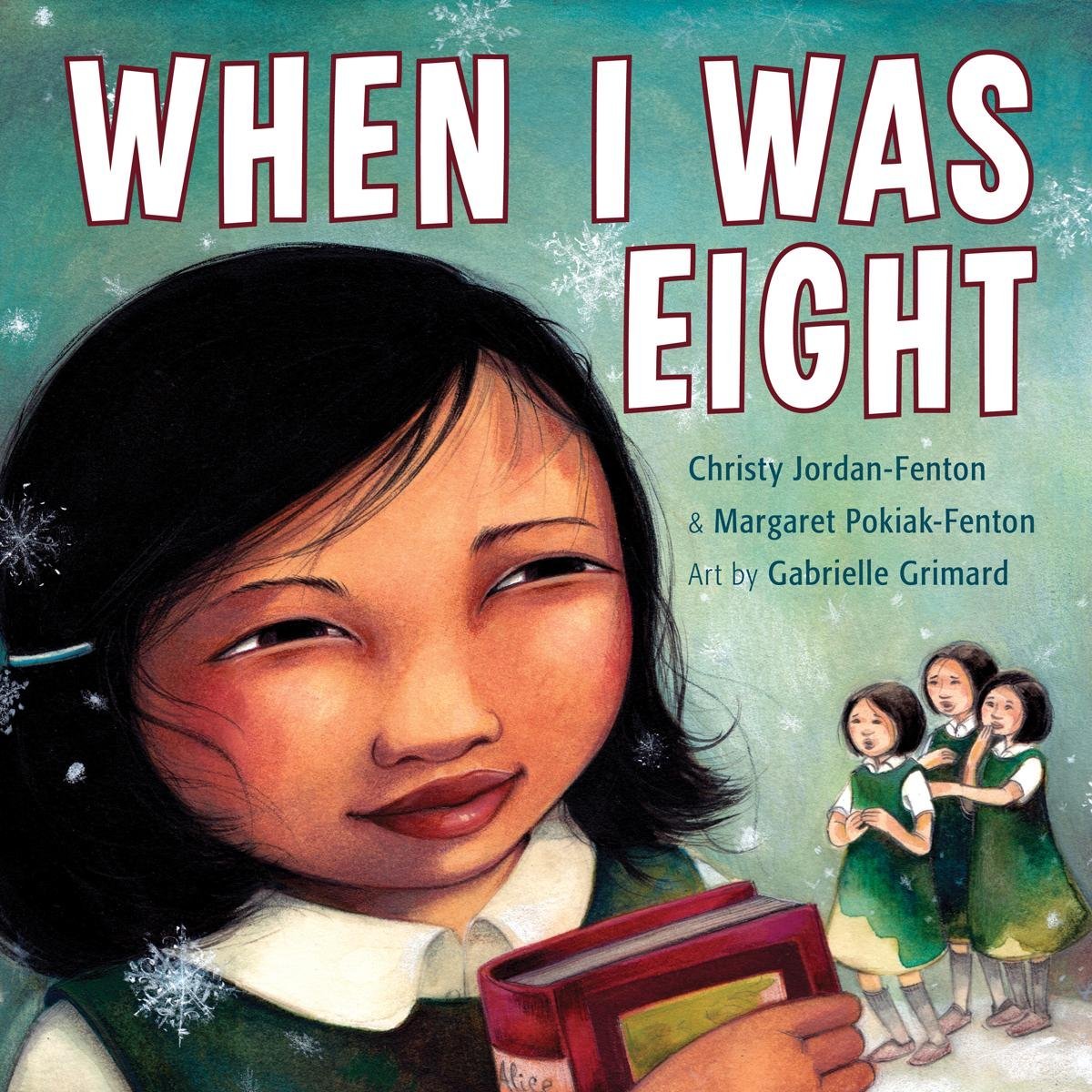
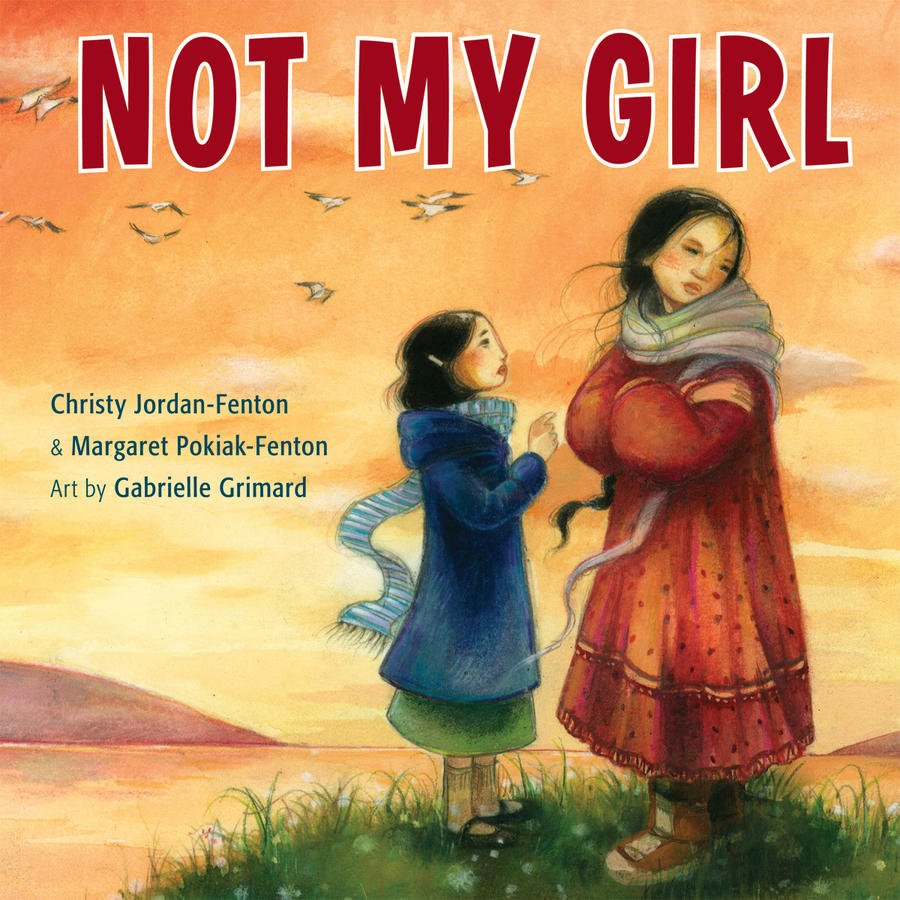
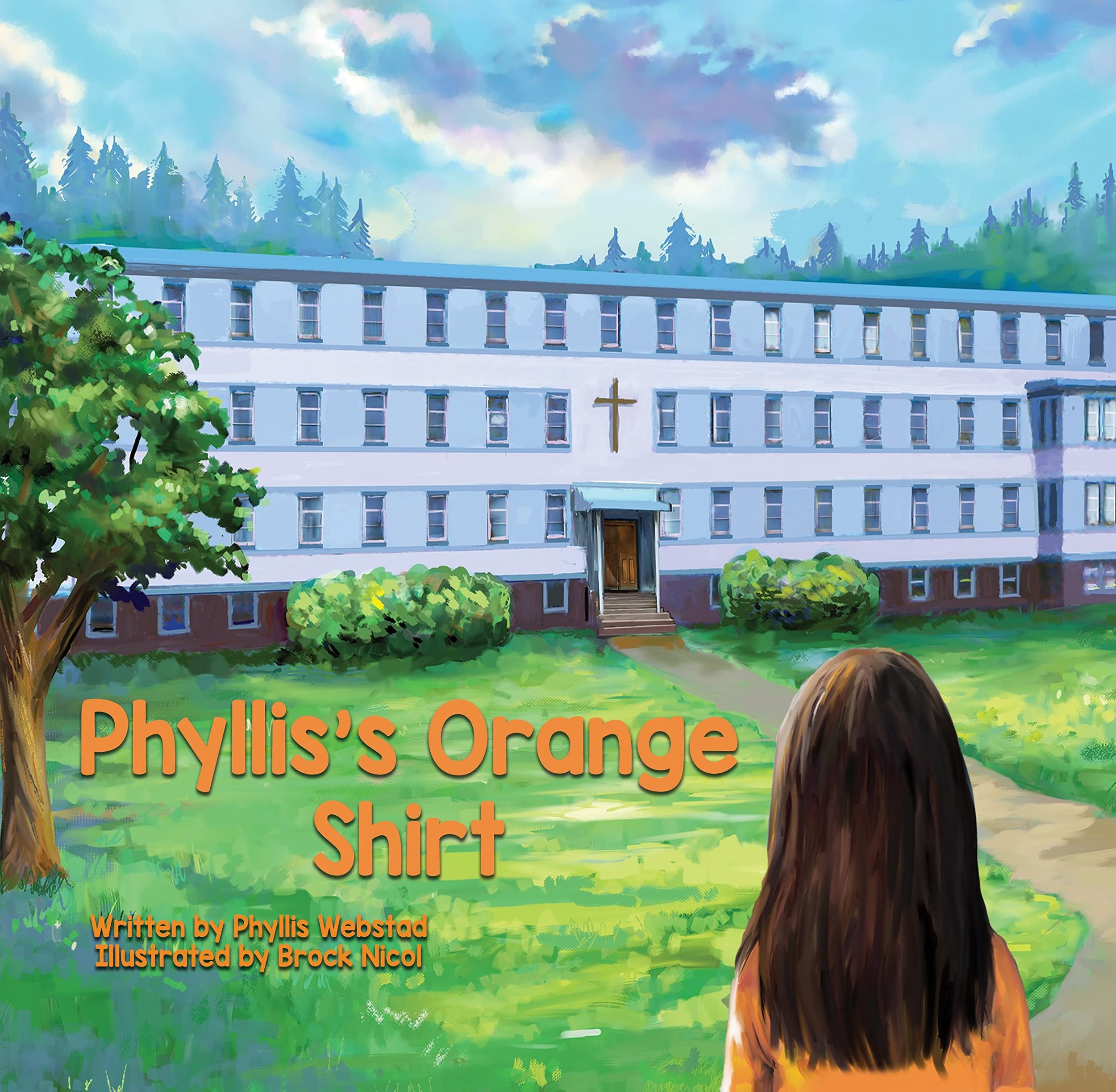

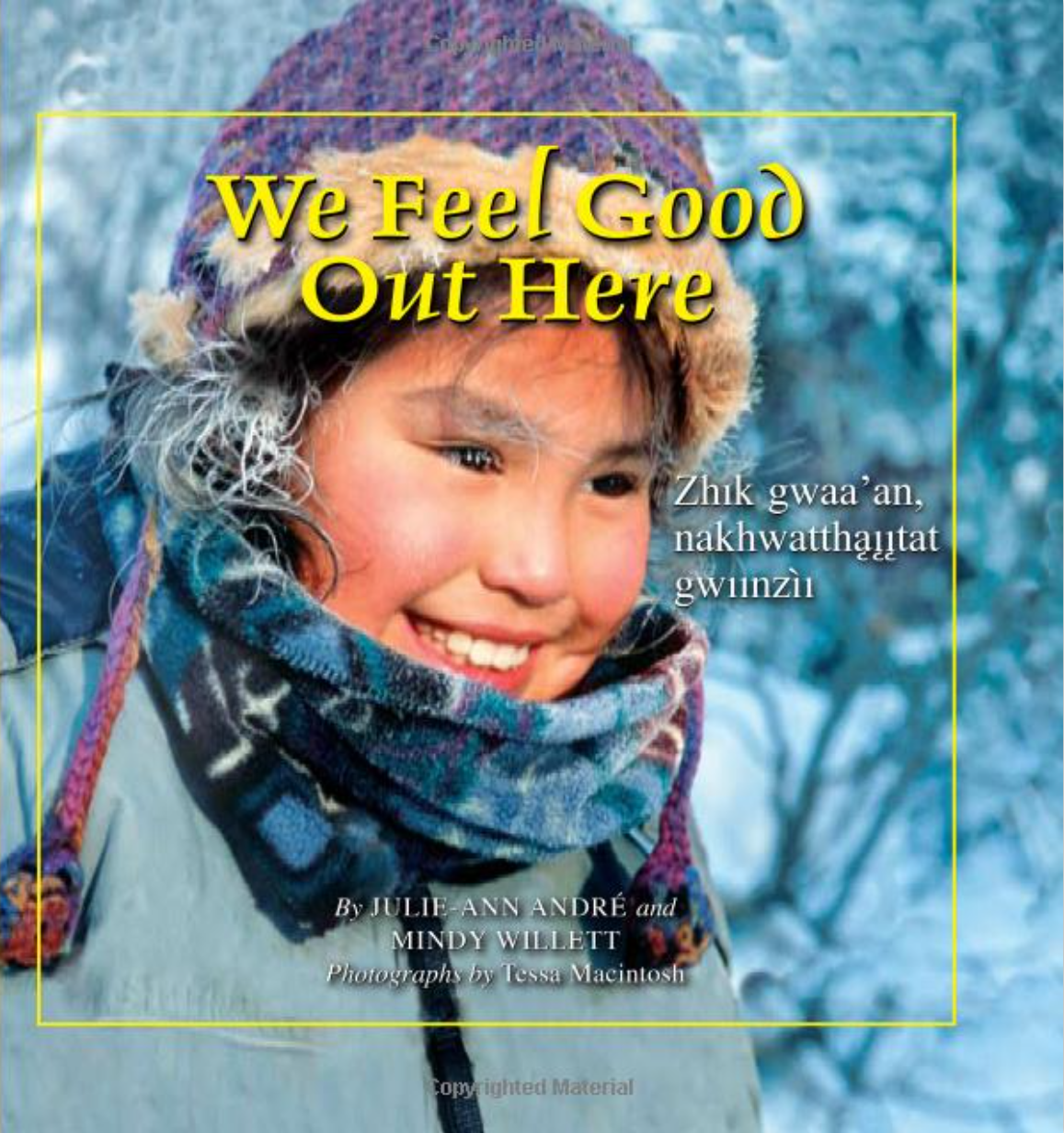
Intermediate
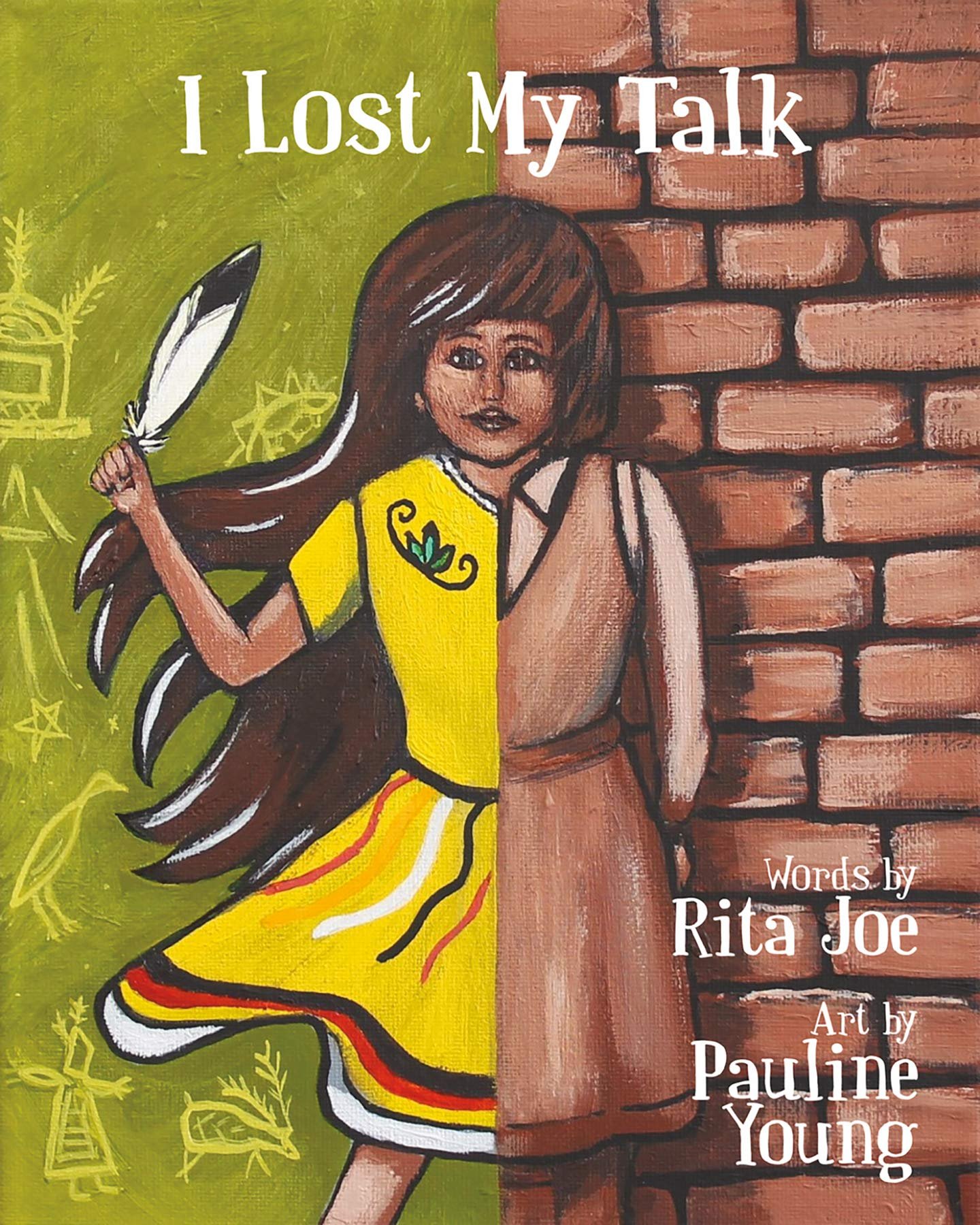


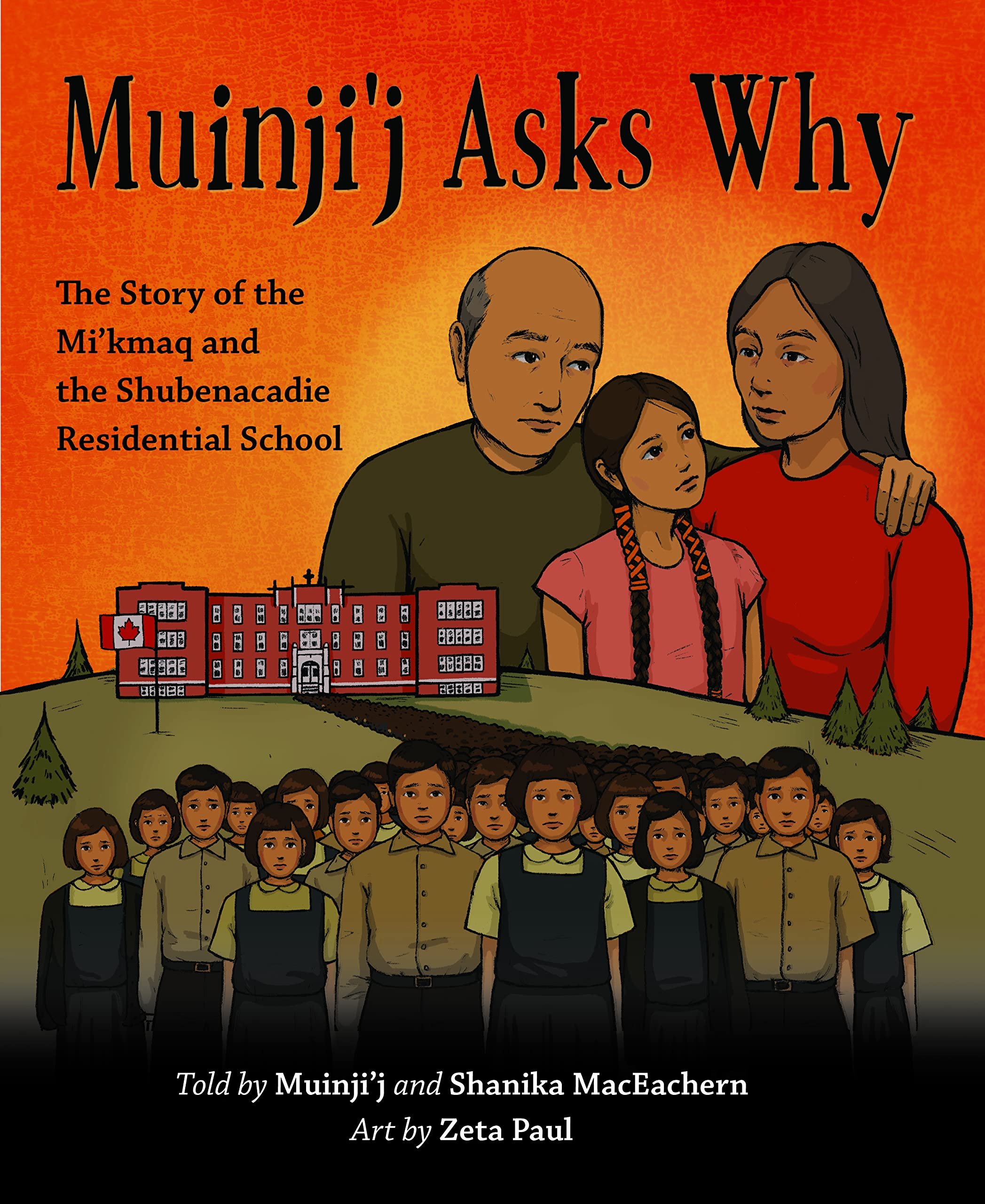
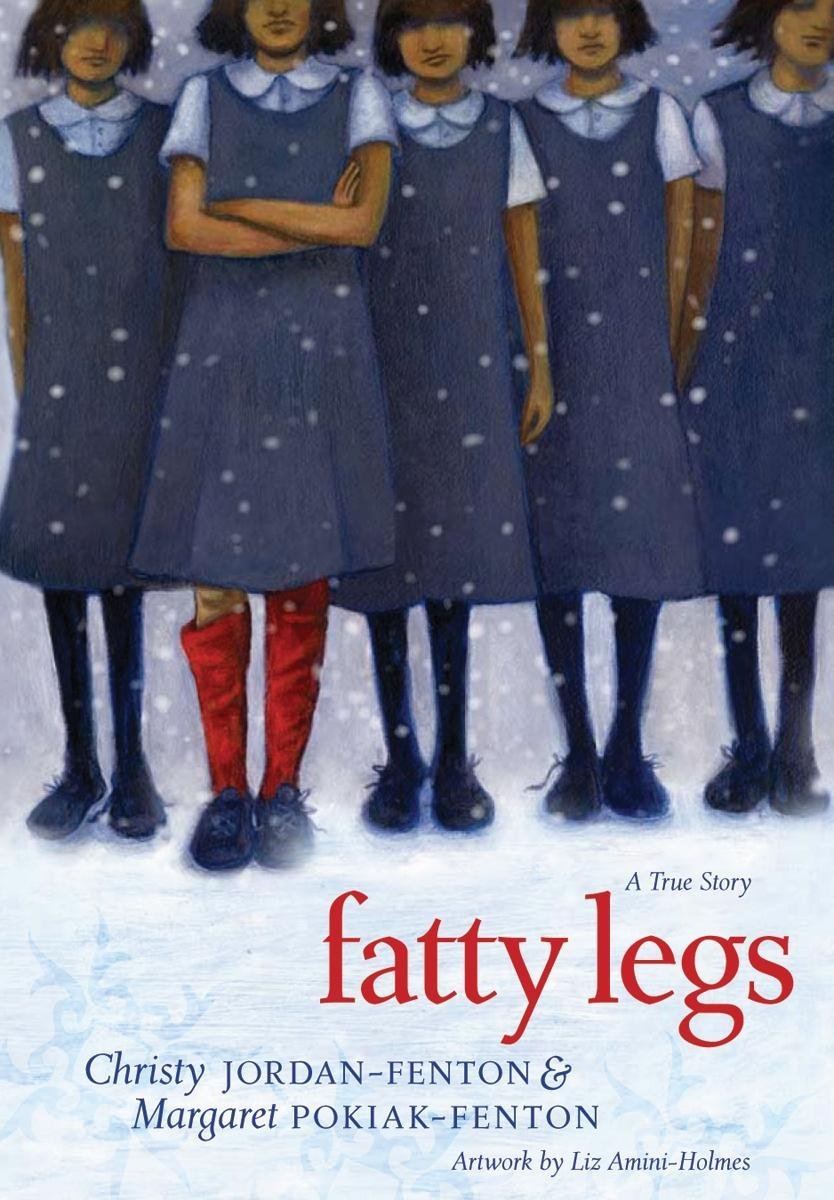

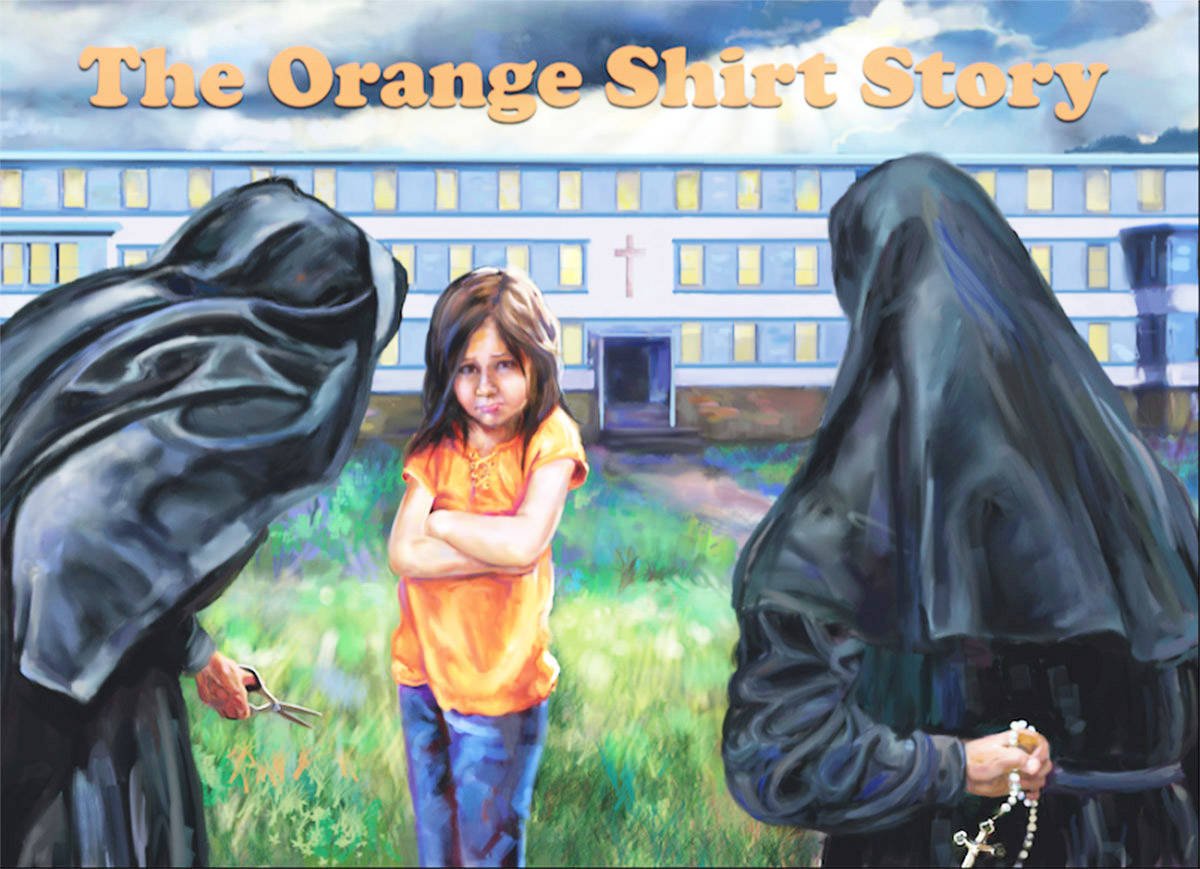
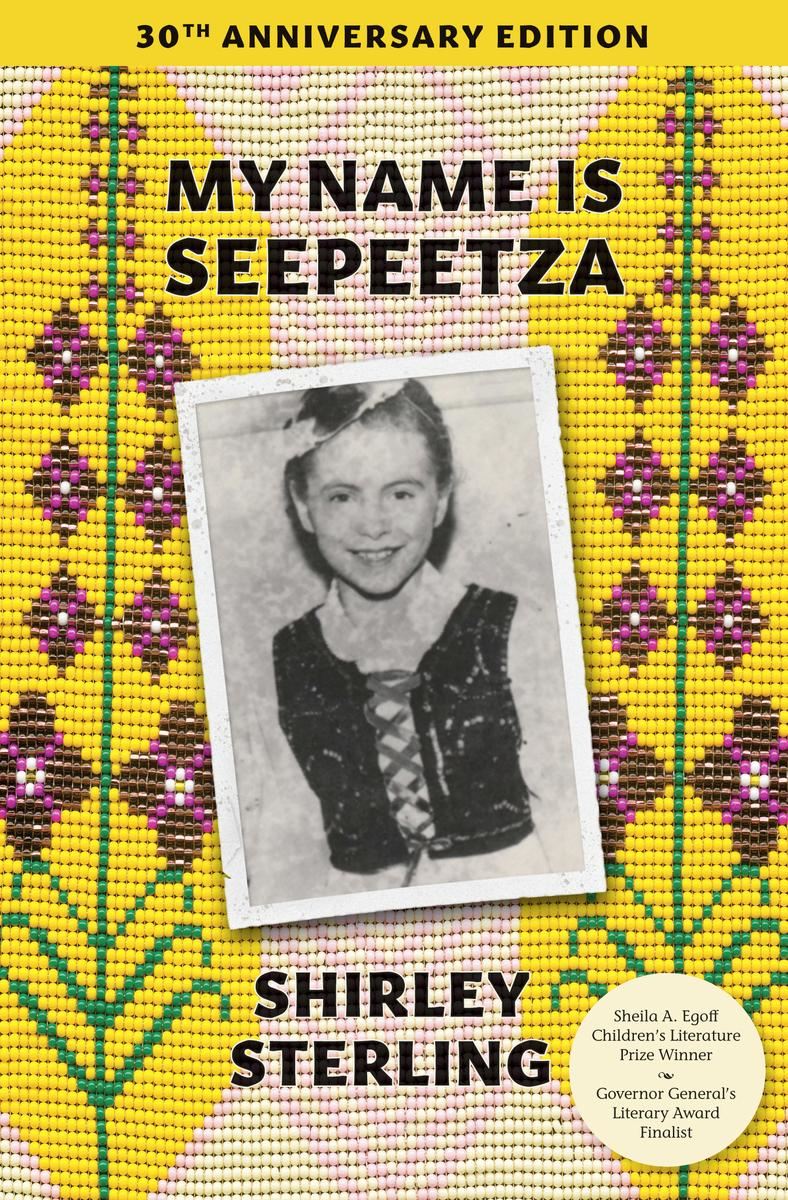
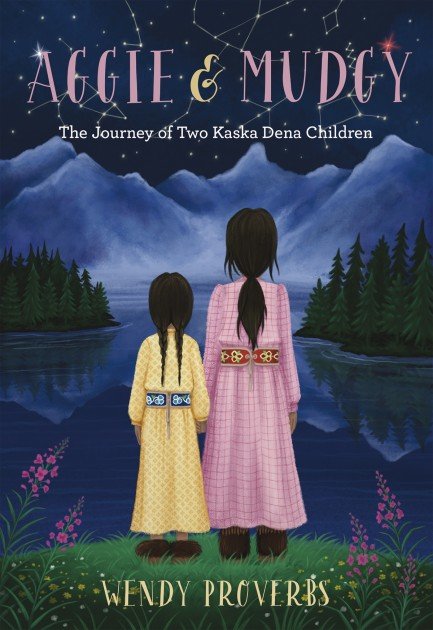
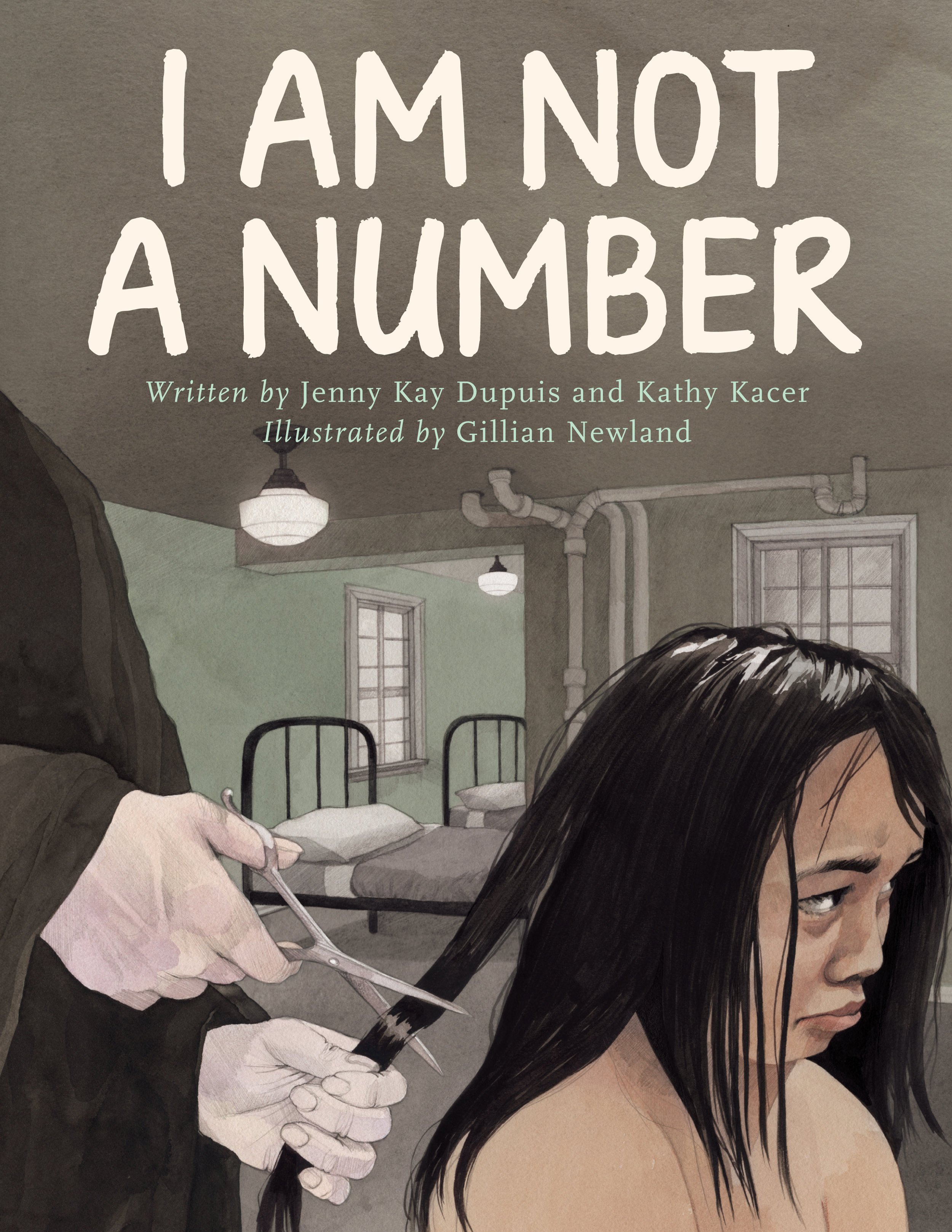
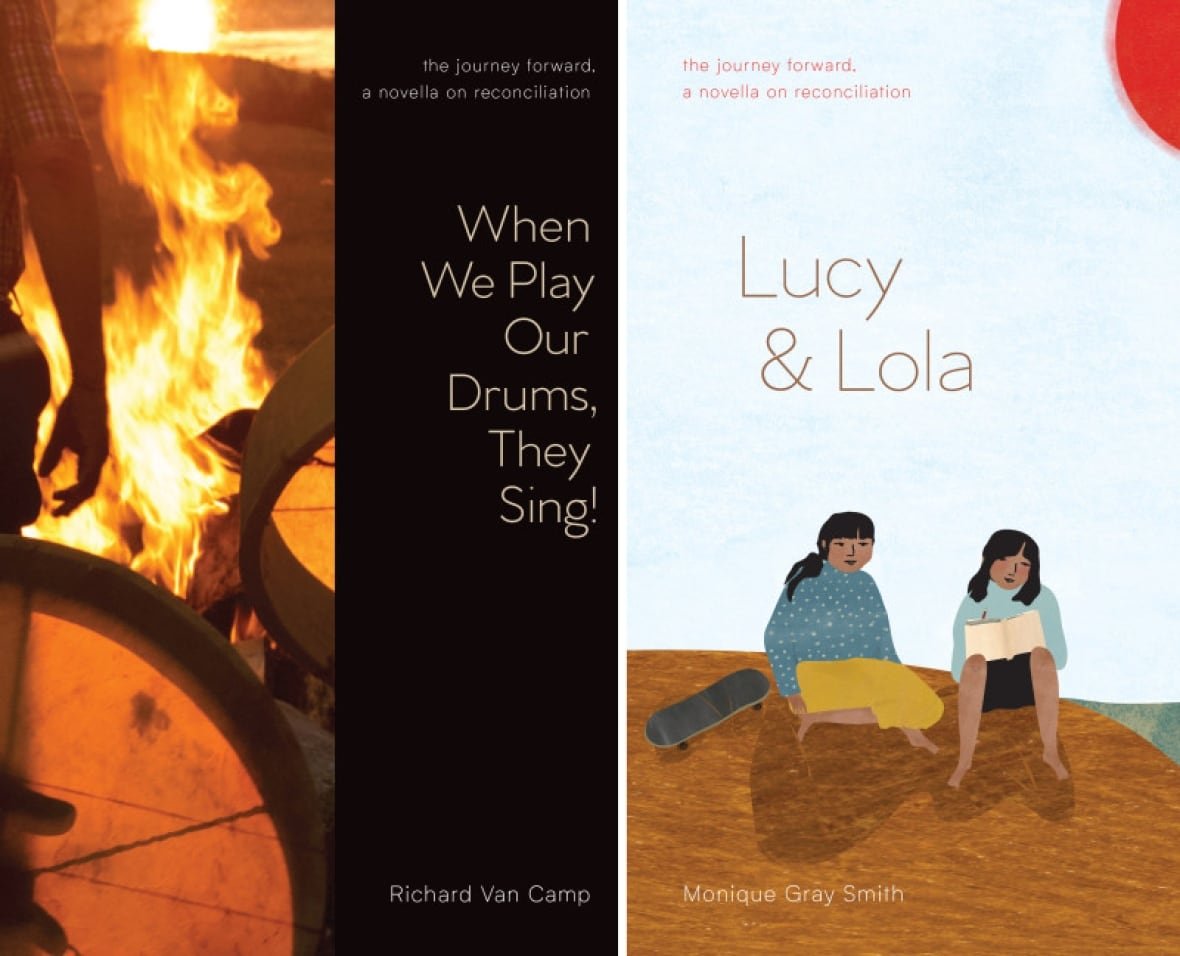
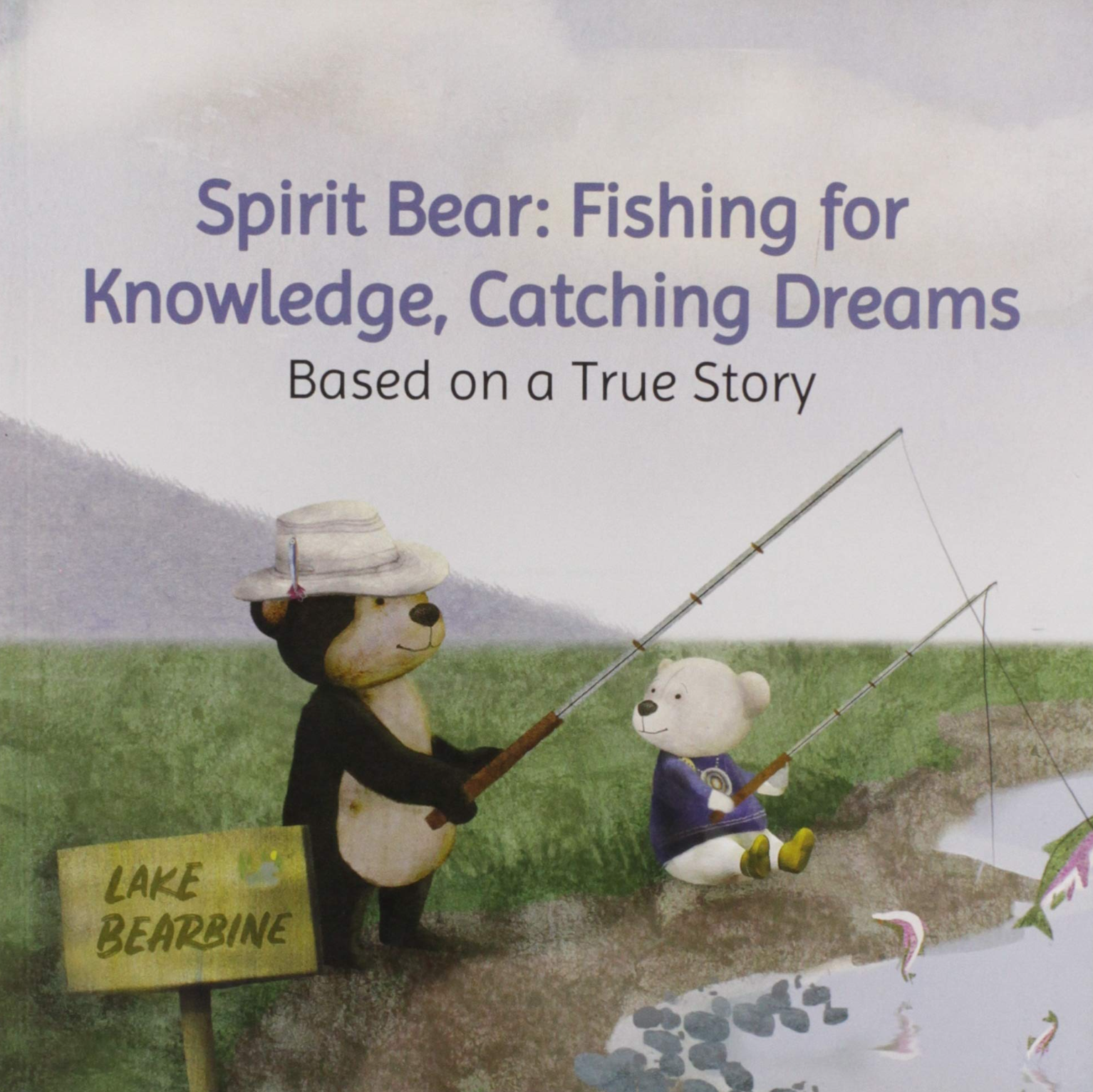
Books about other colonial trauma
These books are not specifically about residential schools, but cover a range of other topics relating to the legacy of colonialism and oppression against Indigenous people on this land. I am intentional about separating this list from the books about residential schools. This is because I think it’s important to teach that residential schools were and are not the extent of the oppression faced by Indigenous peoples. Residential schools have a lasting, intergenerational, and ongoing impact. Colonialism and colonial violence also took many forms other than residential schools. Reducing this harm to residential schools perpetuates the falsehood that once the doors closed, the harm was over. Reconciliation must involve a deep understanding of the full history and legacy of colonialism, beyond residential schools. These are some of my favourite resources for this teaching.
(My notes are not visible on mobile. Best viewed on desktop.)


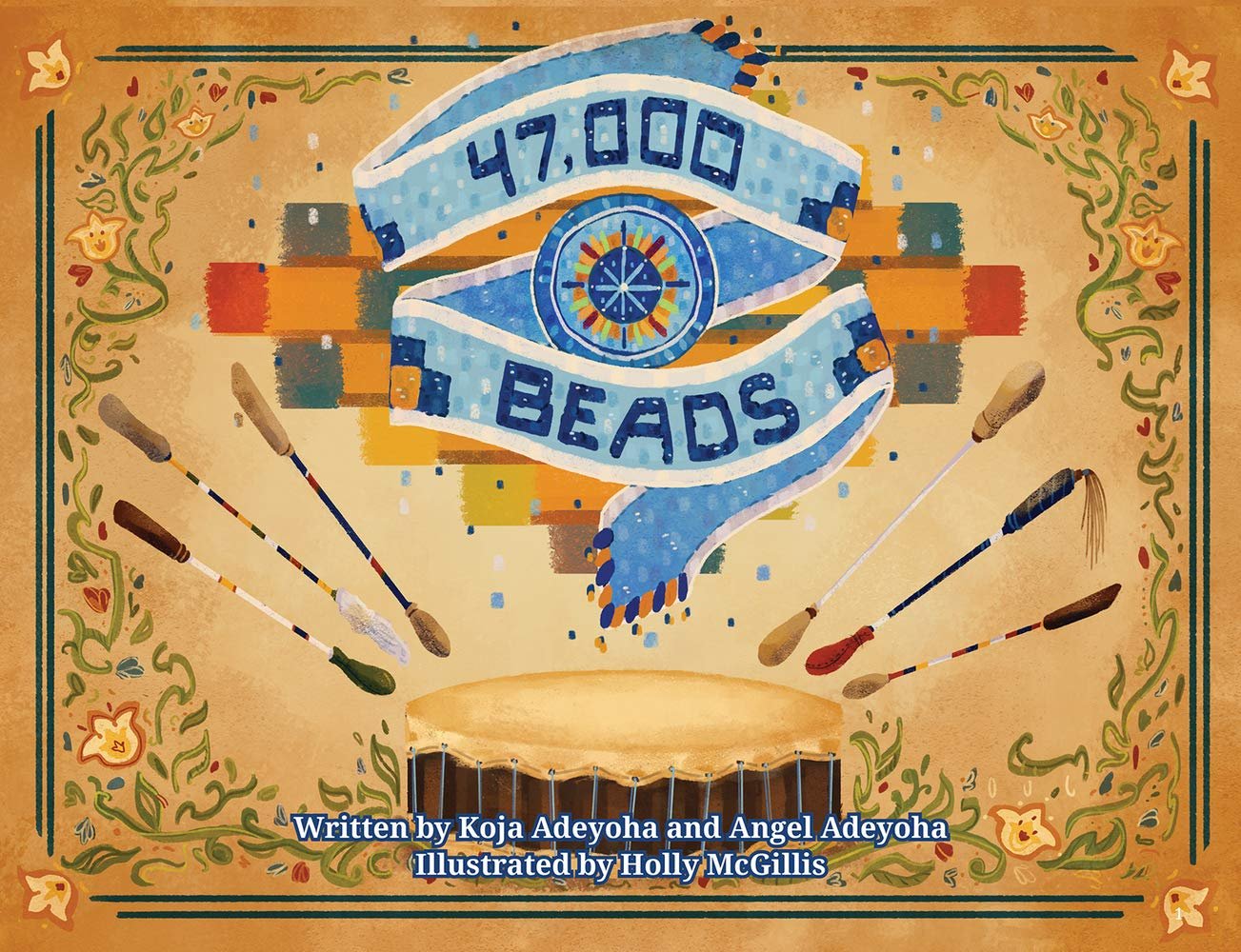
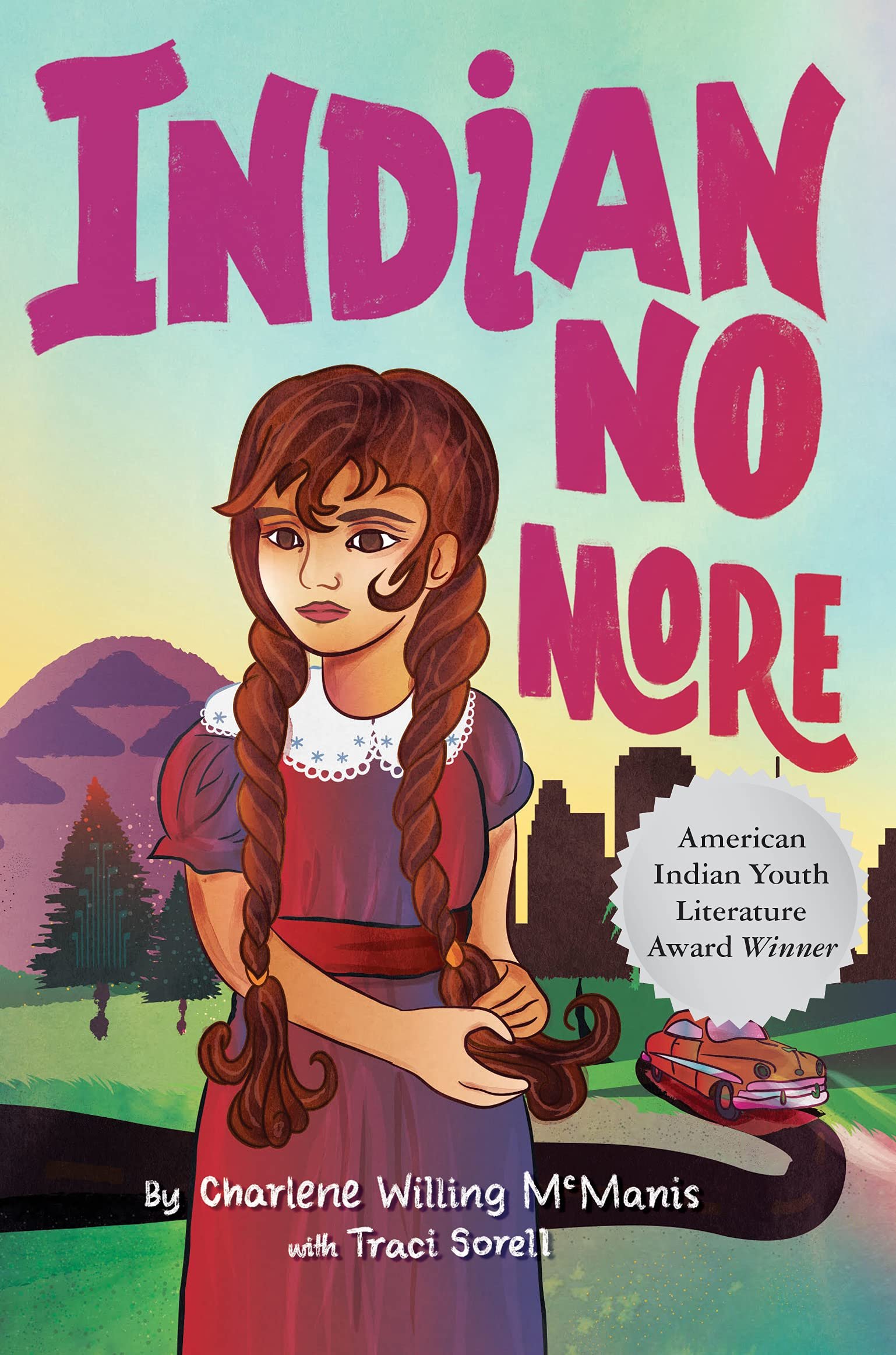
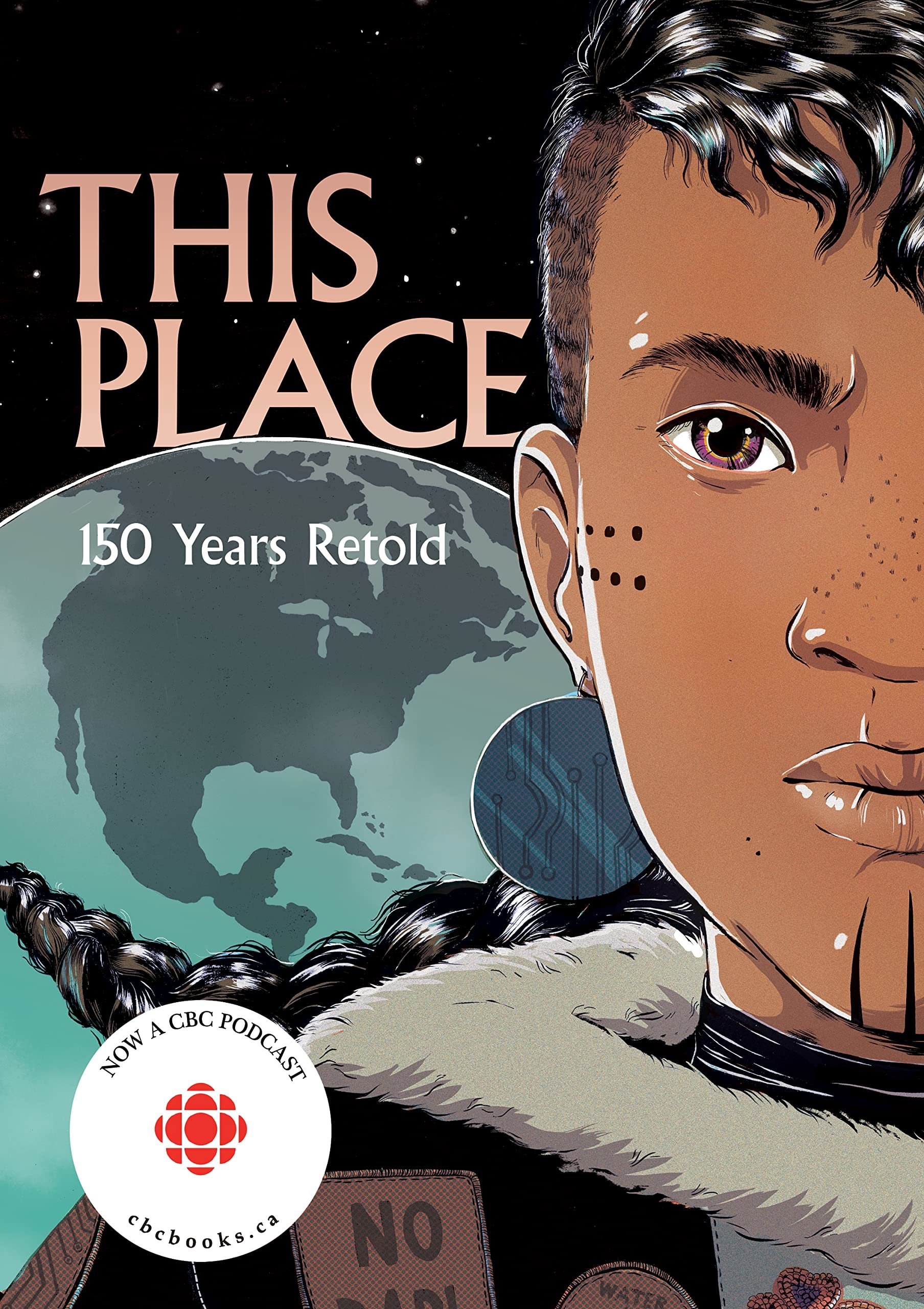
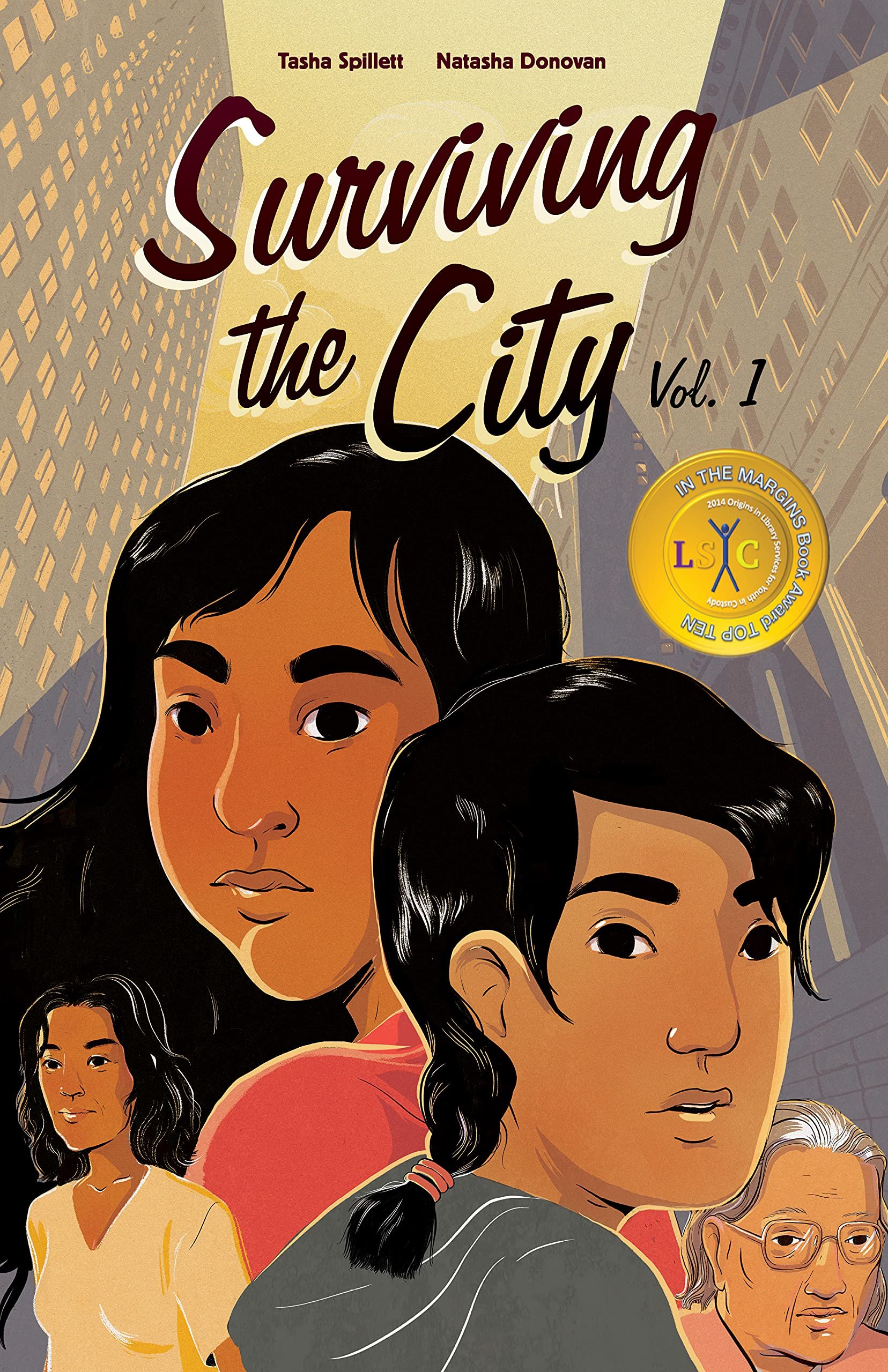
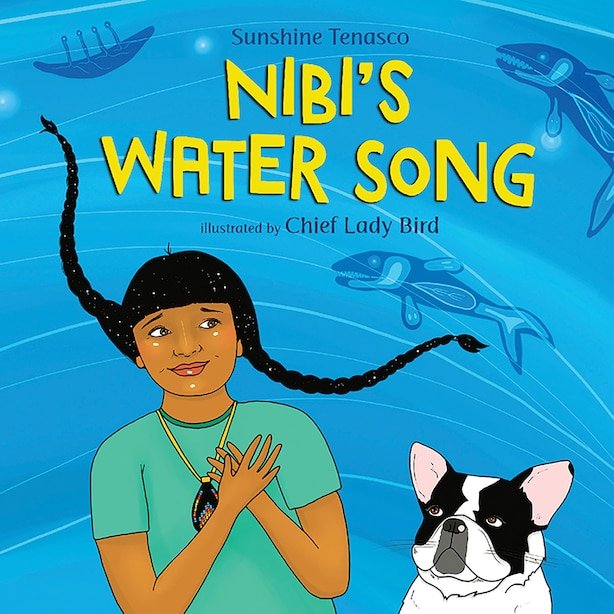
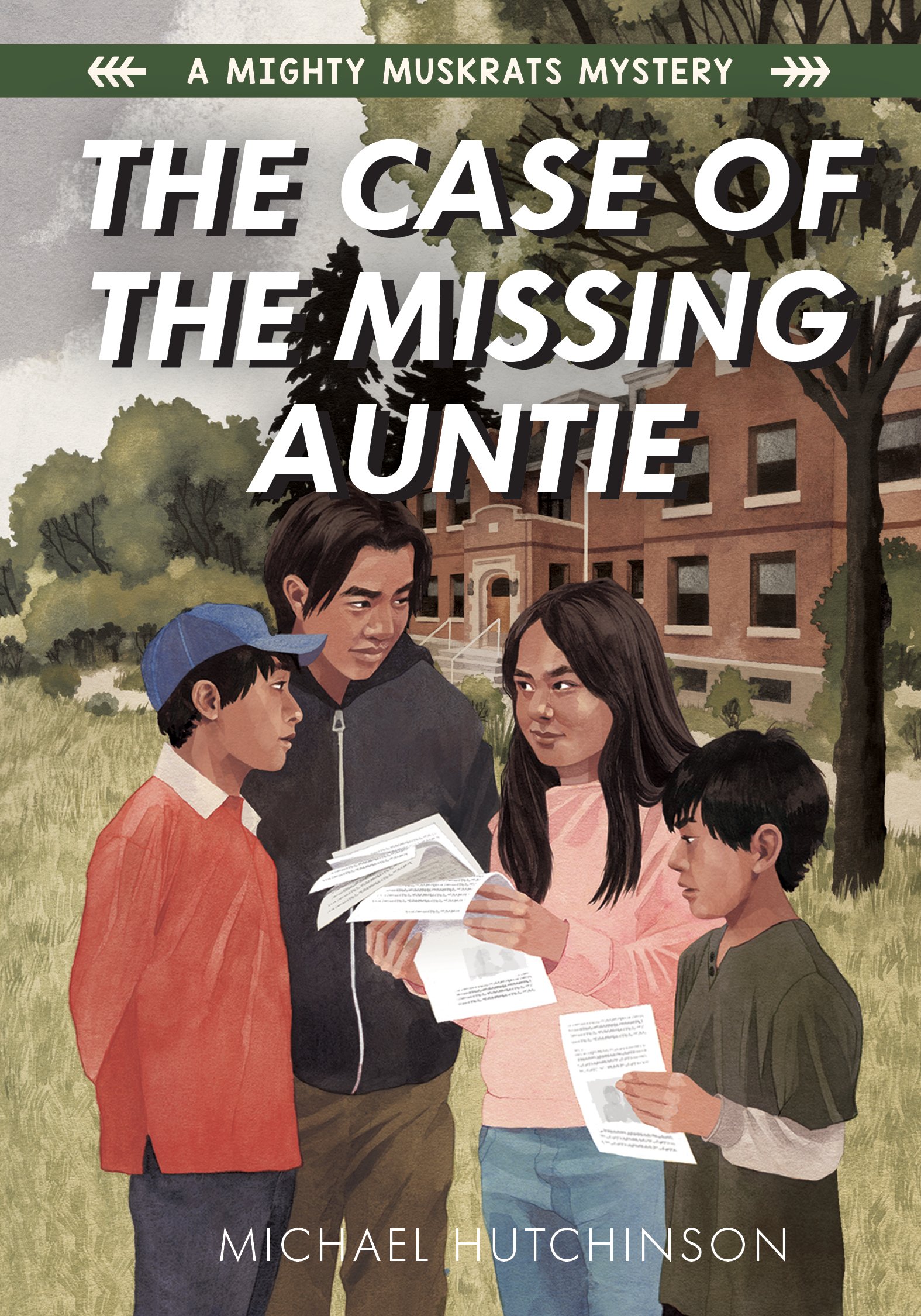
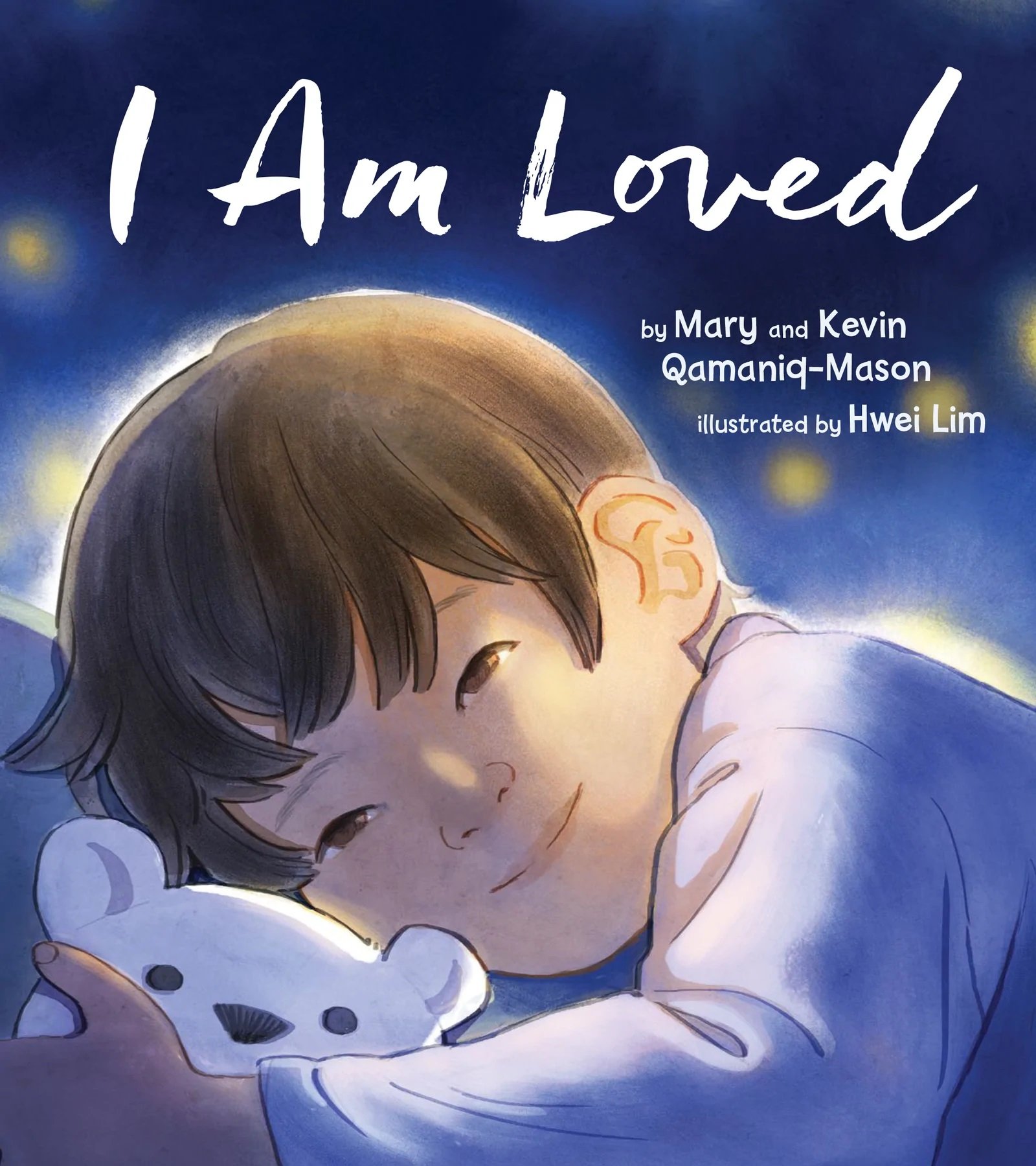
Books for joy and resilience
These are books that feature Indigenous experience and identity but without trauma and oppression being the main plot. That is not to say that trauma and the legacy of trauma are not present - as we know, the lived reality of Indigenous and other racialized folks is to have many, if not all, aspects of life affected by the legacy of past trauma, and therefore truly meaningful representation in literature doesn’t seek to erase that. However, there is such value in rich literature that features Indigenous joy, resilience, community, and culture. It is a critical component of decolonizing and diversifying the children’s bookshelf - if the only representation kids see of themselves is seen through the lens of pain and trauma, then we have not achieved diversity. I will never get tired of saying it - all kids deserve to see themselves as the hero, and all kids deserve to get a happy ending.
The following books are some of my favourites. These are rich, compelling, powerful stories that are written by Indigenous authors and feature Indigenous joy, identity, and experience at the forefront.
Click through to see synopses and age levels. I haven’t written anything because it would all be versions of “I love this book”. The list goes roughly from youngest picture book to oldest middle-grade novel.

